Executive Summary
With a plethora of interdependent and ever-changing parts, gaining a clear (or even not-terribly-fuzzy) understanding of where the economy stands at any given moment is a daunting task, to say the least. Even more difficult is using data based on samples and surveys (and subject to constant revision!) to develop some idea about which of the myriad possible outcomes might be more likely to occur. Yet, by taking a measured look at factors driving economic activity and influencing behavior, advisors can help clients face risks they can't control and (hopefully) position themselves to take advantage of opportunities as they develop.
In this guest post, Larry Swedroe, Head of Financial and Economic Research at Buckingham Wealth Partners, reviews key aspects of economic activity in the 1st quarter of 2024, examines what the behaviors in the various financial markets might be suggesting about investor expectations, and offers insight into how advisors might help clients prepare moving forward.
As has been the case for the past several quarters, the prevailing characteristic of the economy is one of bifurcation, with interest rate-sensitive sectors remaining in a recession (as evidenced by the manufacturing sector's 16-month-long contraction), while the services sector (which accounts for nearly 80% of U.S. GDP) continues to expand. Importantly, headline inflation has continued to trend lower, but with persistent upward pressure on wages in the services sector, a rebound in housing prices, and no relief in sight for skyrocketing auto insurance, home insurance, and home repairs (as well as trade-route disruptions arising from turmoil in the Red Sea), the Fed may have little choice but to keep rates elevated as they pursue their elusive 2% inflation target.
Meanwhile, a smorgasbord of potential risks threatens economic growth's "soft landing" narrative. Notably, the work-from-home movement has resulted in a dramatic drop in office valuations that could lead to a whole host of issues, including lending constraints in the banking sector, which is already sitting on a mountain of unrealized losses on Treasuries and mortgages. Lower office valuations may also squeeze tax receipts in municipalities, particularly large cities that are already experiencing financial strains due to the surge in illegal immigration and the flight of high-income individuals and companies to states with lower taxes.
The equity market is experiencing its own bifurcation, with a wide dispersion in (extremely elevated) valuations across the "Magnificent 7" and the rest of the market, which is much closer to historical averages. At the same time, value and international stocks continue to lag, trading as if the economy is already in the depths of a serious recession. Looking forward, equity analysts predict earnings growth in 2024 of 11.5%, which stands in stark contrast to the Philly Fed's Survey of Professional Forecasters expectations of total GDP growth of 'just' 3.8%. Given that corporate profits have historically tracked GDP growth, this inconsistency creates an interesting enigma.
Ultimately, the key point is that advisors can prepare clients for the possibility of increased volatility as the year develops, along with lower equity returns due to lower potential economic growth, high valuations in leading stocks, persistent inflation, higher-for-longer interest rates, and rising fiscal debt. Some strategies can include adjusting assumptions for future equity returns and increasing allocations to fixed-income assets that are less sensitive to inflation shocks (particularly shorter-term bonds with low credit risk, including TIPS and floating rate debt). Additionally, advisors may look to increase diversification with assets that have historically low correlation with economic cycles, including reinsurance, private lending, consumer credit, commodities, and long-short factor funds. The bottom line is that by assessing the broader economic landscape, advisors can help clients weather the potential risks on the horizon, position themselves to take advantage of possible opportunities, and (most importantly) remain focused on their long-term goals!
There are 2 main themes this quarter. First, we continue to have a bifurcated economy, with interest-sensitive sectors (such as manufacturing, housing, and capital expenditures) in recession at the same time that we have a strong service sector (which is less sensitive to interest rates). Second, there are heightened risks of a financial accident due to continued increases in sovereign debt in most developed nations and China; the work-from-home movement leading to dramatic falls in office valuations, which could lead to problems in the banking sector (and is constraining lending); municipal finances coming under pressure in large cities (such as New York, Chicago, and Los Angeles) due to the decline in property values of offices (leading to lower tax receipts) at the same time you have increases in expenses due to the surge in illegal immigration; and geopolitical tensions at high levels in Ukraine, the Middle East, and China (which could lead to trade wars).
Following are some of the key economic issues:
- Headline inflation has been coming down in most developed countries because of falling energy prices and global supply chains normalizing after the COVID-19 pandemic. For example, the Fed's preferred inflation measure, the core Personal Consumption Expenditures (PCE) price index, which excludes the volatile food and energy components, increased 2.8% on an annual basis in February, down slightly from January's rate of 2.9%. However, inflationary pressures are now arising from disruptions in trade routes due to Houthi attacks in the Red Sea and drought in the Panama Canal. In addition, increased military spending tends to create inflationary pressures, especially when the economy is already at low levels of unemployment. And there are inflationary pressures in the services sector.
- Goods sector inflation has normalized, allowing inflation to fall towards the Fed's 2% target. However, in the service sector (72% of total employment), which is less sensitive to the Fed's rate hikes, inflation remains well above target, and service sector employment is rising.
- Prior hikes in interest rates by the Fed have had a very negative effect on the interest-rate-sensitive parts of the economy (manufacturing, capital expenditures, and housing). The Purchasing Managers Index (PMI) fell to 47.8 in February from 49.1 in January, the 16th straight month the PMI remained below 50 (indicating contraction in manufacturing). That is the longest such stretch since the period from August 2000 to January 2002.
However, financial conditions eased considerably over the second half of 2023 and into 2024 (the S&P 500 reaching all-time highs, credit spreads tightening, IPO activity picking up, and M&A activity picking up). The result is that the likelihood of a recession has been reduced (barring a Black Swan event) and core inflation could be stickier, causing the Fed to keep rates higher for longer than the market currently expects.
For example, the February 2024 Consumer Price Index for All Urban Consumers (CPI-U) report marked a second consecutive 0.4% Month-Over-Month (MOM) increase in February, following a 0.3% rise in January. On a Year-Over-Year (YOY) basis, inflation rose by 3.2% in February, a slight uptick from the 3.1% YOY rise in January. In addition, the core CPI (excluding food and energy) rose by 0.4% MOM again in February and a slightly softer 3.8% YOY. The increase in the core CPI was driven by robust gains in owner's equivalent rent and medical care services prices. By contrast, core goods prices increased just 0.1% MOM in February, following a 0.3% MOM decline in January.
Keep in mind that the composition of our economy has changed greatly over the past 50 years, with the manufacturing sector now making up only just over 10% of the GDP. Thus, the trend in services inflation plays a much more important role in the Fed's decision-making process than does manufacturing inflation.
- With the Congressional Budget Office forecasting a $1.66 trillion deficit and a record $8.9 trillion of government debt maturing over the next year, the Treasury will have to find buyers of more than $10 trillion in U.S. government bonds in 2024—more than 1/3 of U.S. government debt outstanding and more than 1/3 of U.S. GDP. In addition, since September 2022, the Fed has been running down its balance sheet holdings by $95 billion/month (Quantitative Tightening, or QT). The ability of the markets to absorb all that debt could be challenging, especially when the largest holders of Treasuries (foreigners) continue to decrease their ownership of U.S. government bonds. The risk is that rates could remain higher than the market currently expects.
 The risks to financial markets include several elements: the Federal Reserve's failure to validate the interest rates cuts built into the yield curve, inflation being more persistent, the economy's failure to avoid a hard landing, and external geopolitical risks including increased nationalism (which can lead to increased tariffs and trade wars, both of which lead to increased inflation and negatively impact economic growth). For technology stocks, and the Magnificent 7 in particular, there seems to be an increasing risk of antitrust legislation that could negatively impact the sector. As a potential 'sign of the times', on March 4, Apple was fined €1.8 billion ($2 billion) by the European Union over allegations that it unfairly blocked its music-streaming rivals, including Spotify Technology SA, on its platforms, and was recently sued by the U.S. Department of Justice for violation of antitrust laws. There are also increased risks to municipal finances due to falling commercial real estate values and the rise in expenses due to the surge in illegal immigration.
The risks to financial markets include several elements: the Federal Reserve's failure to validate the interest rates cuts built into the yield curve, inflation being more persistent, the economy's failure to avoid a hard landing, and external geopolitical risks including increased nationalism (which can lead to increased tariffs and trade wars, both of which lead to increased inflation and negatively impact economic growth). For technology stocks, and the Magnificent 7 in particular, there seems to be an increasing risk of antitrust legislation that could negatively impact the sector. As a potential 'sign of the times', on March 4, Apple was fined €1.8 billion ($2 billion) by the European Union over allegations that it unfairly blocked its music-streaming rivals, including Spotify Technology SA, on its platforms, and was recently sued by the U.S. Department of Justice for violation of antitrust laws. There are also increased risks to municipal finances due to falling commercial real estate values and the rise in expenses due to the surge in illegal immigration.
There is one other risk that could create a problem for financial markets – the increasing risk of liquidity problems as the Fed unwinds the roughly $5 trillion of Treasury and mortgage bonds they had bought during the pandemic. Their purchases injected massive liquidity into the system, pushing rates way down and leaving banks with excess reserves. The result was downward pressure on short-term yields (at least until the Fed started to raise rates to combat inflation). In drawing down its balance sheet, the Fed drains reserves (quantitative tightening), reducing liquidity in the system – liquidity that has been used to buy Treasuries as banks have been under pressure to improve their balance sheets, reducing risk assets and increasing capital. Continued massive fiscal deficits and tightened liquidity could not only put upward pressure on rates due to the increased supply of debt but also lower the demand for those bonds due to reduced excess reserves in the banking system.
We see evidence of the risk of a liquidity problem in examining the size of the Fed's Reverse Repo Program (RRP). The Fed's RRP is a loan in which the Fed borrows money for 1 day from primary dealers, banks, money market funds, and government-sponsored enterprises. The RRP peaked at $2.5 trillion, but was down to about just $500 billion by early March, and, at its current pace, is headed shortly to zero.
The bottom line is that excess liquidity is rapidly disappearing. What problems occur when the excess liquidity is gone? Michael Lebowitz, a portfolio manager with RIA Advisors, offers the following explanations:
For starters, banks will still have to use their reserves to help the Treasury issue debt and absorb the Fed's balance sheet decline. Such actions will force liquidity to migrate from other parts of the financial system to the Fed and Treasury. Without the RRP to draw funds from, banks will have to tighten lending standards for consumer and corporate loans. Further, they may likely pull back on margin debt offered to speculative investors. The cost of higher interest rates and QT will likely be felt at this point.
U.S. Housing Market
It will be difficult for the Fed to get inflation under control with a strong housing market because housing makes up 40% of the inflation basket. Housing prices are rebounding in much of the country. Home sales rose 9.5% in February (the second consecutive monthly increase), and prices rose 5.7% from a year earlier. Thus, the possibility that the shelter components of inflation will stay elevated and complicate the Fed's path back to the 2% inflation target is a rising risk, which could lead the Fed to keep rates higher for longer than the market is currently pricing.
Service Sector Inflation
The service sector is also experiencing inflation pressures.
- Auto insurance: With cars, especially electric vehicles, becoming increasingly sophisticated, the cost of repairs has been rising rapidly. In January the year-over-year increase in auto insurance premiums was 20.6%.
- Home insurance: Home insurance costs in January were 4.1% higher than they were a year ago, reflecting dramatically higher premiums for hurricane and fire insurance in some regions – double-digit rate increases for home insurance were approved in 25 states last year, with effective increases of more than 20% in Texas, Arizona, and Utah.
- Home repairs: As anyone who has needed to call on a plumber or someone to fix a dishwasher or refrigerator knows the cost of repairs has skyrocketed; in January, the cost of home repairs was 18.2% higher than a year earlier.
It seems likely that the increases in service-sector inflation will keep inflation running above the Fed's 2% target for some time.
Banking Sector
Major headwinds continue to plague the sector.
- Work from home is here to stay. Apollo's Torsten Sløk noted that office occupancy rates around the country are around 50%, citing that "the lowest office occupancy rate is for Philadelphia at 37%, and the highest is Austin at 58%" and with "the average for a week where Wednesdays can be as high as 60%, and Mondays and Fridays as low as 30%."
- Office vacancy rates are approaching 20%.
- A 40% decline in the price per square foot for office space has resulted mainly from higher interest rates and more people working from home.
- Of the $3 trillion in U.S. commercial real estate holdings loans, half of them are outstanding.
- Office valuations are plunging. For example, in a February 2024 Bloomberg article, journalists Natalie Wong and Patrick Clark note the following:
In Manhattan, brokers have started to market debt backed by a Blackstone Inc.-owned office building at a roughly 50% discount. A prime office tower in Los Angeles sold in December for about 45% less than its purchase price a decade ago. Around the same time, the Federal Deposit Insurance Corp. took a 40% discount on about $15 billion in loans it sold backed by New York City apartment buildings.
-
- There were 635 U.S. commercial real estate foreclosures in January, up 17% from the previous month and roughly twice as many as in January 2023. In California, foreclosures rose 72% in January from a month earlier and nearly tripled since January 2023.
 There were $684 billion in unrealized losses on Treasuries and mortgages, accounting for 30% of bank equity capital.
There were $684 billion in unrealized losses on Treasuries and mortgages, accounting for 30% of bank equity capital.
- There were 635 U.S. commercial real estate foreclosures in January, up 17% from the previous month and roughly twice as many as in January 2023. In California, foreclosures rose 72% in January from a month earlier and nearly tripled since January 2023.
- Credit quality conditions have deteriorated due to Fed rate hikes, tightening of credit, and the state of the manufacturing sector, which has been in decline for over a year.
- Credit card delinquencies surged more than 50% in 2023, and credit card debt that moved into serious delinquency amounted to 6.4% in the 4th quarter, a 59% jump from just over 4% at the end of 2022.
- Auto loan delinquencies reached 7.7% in the 4th quarter of 2023, their highest level in 13 years.
These headwinds continue to put pressure on bank earnings and capital, leading to a decline in bank lending, keeping credit conditions tight, and forcing more companies to rely on much smaller and more expensive private markets for funding.
A key to understanding the impact of the problem is that small banks make most of the loans to smaller companies. And small banks account for almost 70% of all commercial real estate loans outstanding. Since it could take years to resolve the commercial real-estate situation, credit conditions could remain tight for a long time.
Helping to offset some of the decline in bank lending is the fact that private market lending activity is growing rapidly.
However, as Apollo economist Torsten Sløk notes, it is not growing fast enough to replace bank credit and public credit markets, as it is growing much slower than global financing needs. The result is that it seems likely that lending conditions will remain tight, making it more difficult for companies to access capital and roll over existing loans when they mature.
Municipalities
The sharp decline in office building valuations is likely to create budgetary problems for large cities such as Los Angeles, Chicago, New York, and Boston, which rely on property taxes to fill their budgets. For example, a Tufts University's Center for State Policy Analysis and the nonprofit Boston Policy Institute study found that "falling values for office buildings are poised to cost Boston more than $1 billion in tax revenue over the next 5 years. The findings were based in part on a McKinsey & Co. estimate that office values will drop by 30% or more through the end of the decade."
Such shortfalls could lead to declines in municipal spending, or to higher taxes to make up for the shortfalls. Either outcome is a negative for economic growth. At the same time that property tax revenues will likely be declining, many cities have faced large increases in spending to address the surge in illegal immigration.
Making matters worse is that most of these cities are in states that are experiencing a flight of both high-income/high-net-worth individuals and companies from high-tax states to low-/no-tax states, putting further pressure on their budgets and increasing the risk of downgrades of their debt (which would raise their borrowing costs).
Wages
The National Federation of Independent Business (NFIB) survey of small businesses asks 10,000 firms if they plan to increase wages over the next 3 months. The recent acceleration in the share of firms saying "yes" suggests that wage growth could increase in the first half of 2024.
In addition, the New York Fed's measure of trend wage inflation is currently running at 5% – inconsistent with the Fed's 2% inflation target. This suggests that the Fed may have to keep interest rates higher for longer.
Interest Rates
Interest rates will probably be higher for longer than the market expects as the list of upside risks to yields at the long end of the curve includes huge budget deficits as far as the eye can see. Additionally, the Treasury is increasing issuances to fund deficits at the same time that the Fed continues to unwind its QE with QT and extends maturities of issuance.
The risk of a sovereign downgrade due to risks of shutdowns and failure to increase the debt limit, falling foreign demand for Treasuries, creeping deglobalization, the need to increase defense spending, and the green transition will all likely keep long-term rates well above the ultra-low levels of 2012–21.
Longer-Term Inflation Risks
Inflation risks tilt higher due to projected unending huge fiscal deficits and the impact of new U.S. energy/industrial policies. For example, the emphasis on renewal energy comes with the need to have duplication of generation capacity as back up.
In addition, the deglobalization of supply chains, partly for national security reasons, comes with significantly higher infrastructure and labor costs. For example, Taiwan Semiconductor is building 2 new semiconductor fabrication plants in Arizona, one for 4- to 5-nanometer chips (opening soon) and another for 3-nanometer chips opening in 2027 with an estimated cost of $40 billion, 4-5 times higher than the same facilities in Taiwan. And labor costs in the U.S. are much higher as well. The result is higher costs of products that include chips.
Risk Of Downgrade Of U.S. Debt
The U.S. is an outlier in terms of its credit rating in relation to its debt-to-GDP ratio as shown in the chart below). Concerns are elevated by the projected continuing huge fiscal deficits and the risk of Congress being unable to agree on extending the debt limit, raising the threat of default. The Congressional Budget Office, an independent agency created in 1974, has estimated that the net U.S. debt-to-GDP ratio of 98% at the end of 2023 would increase to 181% in 30 years! Downgrading the debt would likely lead to higher interest rates, with negative consequences for the economy.
Note Italy's BBB rating and its debt-to-GDP ratio, compared to that of the U.S. Now consider that based on the Congressional Budget Office's own projections, the U.S. debt-to-GDP ratio will approach Italy's within 5 years.
Another sign of potential trouble is that interest payments on U.S. debt as a percentage of GDP already exceed Italy's, which has a BBB credit rating. These trends increase the risk of another credit downgrade for U.S. securities.
This risk is compounded by the continued decline in holdings of Treasuries by central banks, with huge deficits and high debt-to-GDP ratio likely major contributors to the decision to reduce Treasury holdings.
The risks of a downgrade of the Treasury's debt and the risk that foreigners would continue to reduce their holdings of U.S. securities (raising interest costs) are not the only risks caused by the burgeoning deficit problems.
The Threat To Economic Growth Of Rising U.S. Debt-To-GDP Ratio
Empirical research, including the 2011 study "The Real Effects of Debt", the 2013 study "Does High Public Debt Consistently Stifle Economic Growth?", the 2020 study "Debt and Growth: A Decade of Studies," and the 2021 studies "The Impact of Public Debt on Economic Growth" and "Public Debt and Economic Growth: Panel Data Evidence for Asian Countries," has found that, while at moderate levels, debt can improve growth, at high levels (with the thresholds being somewhere between 75–100%) it tends can become damaging – if the high ratio isn't addressed and becomes persistent, the debt becomes a drag on economic growth.
There are several explanations for this negative economic impact. They include higher interest rates (as investors, particularly foreign investors, may demand an increased risk premium), higher taxes (which lower incomes), restraints on government's future ability to provide countercyclical fiscal policy to fight future recessions (leading to greater economic volatility), the crowding out of private sector investment (reducing innovation and productivity), and growing interest payments consuming an increasing portion of the Federal budget, leaving lesser amounts of public investment for research and development, infrastructure and education.
Roberto Cram, Howard Kung, and Hanno Lustig, authors of the September 2023 study "Can U.S. Treasury Markets Add and Subtract", analyzed all (15,533) Congressional Budget Office (CBO) cost releases for all bills introduced by Congress from 1997–2022. Their objective was to determine the impact of spending increases on interest rates. They found the following:
- Cost releases with large negative cash flow projections have lowered the valuation of all outstanding Treasurys by more than 20% between 1997 and 2022.
- Consistent with John Cochrane's Fiscal Theory of the Price Level, market expectations of inflation also increased around large negative proposal days, particularly at long horizons.
- The large negative cost releases generated significant revisions in expectations, leading to systematic negative Treasury value responses.
- The Treasury valuation effects of adverse fiscal news were concentrated at longer maturities, with an overall increase of 4% in long-term nominal yields. The increase was driven by an increase in term premia and inflation expectations and a drop in convenience yield (the value investors assign to the liquidity and safety attributes offered by Treasuries) of Treasury securities.
Cram, Kung, and Lustig noted, "Over their sample period, Fed policy imputed a secular downward drift to long-term bond yields. Over the same sample period, the cumulative change of the 10-year nominal yield on FOMC meeting days is -3.18%. The FOMC announcements effectively offset the entire effect of the cost releases."
With the CBO estimating that there will be an 83-percentage-point increase (from 98% to 181%) in the debt-to-GDP ratio, there could be a dramatic increase in the cost of government debt with a significant negative impact on economic growth. It is possible that a downgrade of our sovereign debt could trigger a financial crisis. Alternatively, a financial crisis could occur without a downgrade as all it might take would be a weak auction with buyers not willing to purchase Treasury obligations except at higher interest rates. That would increase the risks that the term premium could rise, with negative implications for markets as well.
China, The World's 2nd Largest Economy
Can China avoid a more dramatic slowdown, given the turmoil in its real-estate sector and high levels of local-government debt? China's manufacturing activity in February shrank for a fifth straight month. The official manufacturing purchasing managers' index compiled by the National Bureau of Statistics fell to 49.1 in February from 49.2 in January with a sizeable drop in the output component. It was below the 50-mark separating growth from contraction.
Chinese efforts to restore 5% economic growth face several challenges: whether Chinese tech firms can remain competitive when the government continues to stifle entrepreneurship; the possibility that the debt-to-GDP ratio (which more than doubled from 40% in 2014 to more than 80% in 2023) could start to constrain government spending; the overleveraged real estate market; and shrinking population (with the birth rate the lowest in decades).
The U.N. projects that China's population is likely to drop below 1 billion by 2080 and below 800 million by 2100. And Apollo's Torsten Sløk noted: "About 18% of China's population is older than 60. Over the coming decades, that share will rise to 32%." The result is that China's population is aging even faster than ours.
Taken together, these factors could lead China to face the same type of deflationary pressures Japan has been dealing with. That could lead them to focus on exports while nationalist policies (particularly in the U.S.) are working in the opposite direction, creating the risk of a trade war, which would have negative effects on global growth. These factors could also influence China's ability and willingness to hold U.S. Treasury securities.
We need to cover another interesting development that could have a negative impact on China's economy while being a positive for the U.S. and the rest of the global economy.
Rare Earth Metals
In 2023, China accounted for as much as 95% of the global production and supply of rare-earth metals (a group of 17 chemical elements with unique properties, including lanthanum, praseodymium, and neodymium, ) which are essential components in a vast array of technologies:
- Consumer electronics: Smartphones, laptops, flat-screen TVs, hard drives, and more;
- Clean energy: Wind turbines, electric vehicle batteries, and magnets for renewable energy generation;
- Defense and aerospace: Guidance systems, lasers, radar, and sonar systems – making them a national security issue;
- Medical technology: Imaging equipment, MRI machines, and specialized alloys for surgical instruments; and
- Lighting: Energy-efficient LEDs and fluorescent bulbs.
In a February 14 article in The Wall Street Journal, Michael Auslin, historian at Stanford's Hoover Institute, explained, "The discovery of 2.34 billion metric tons of rare-earth elements near Wheatland, Wyo., signals the beginning of a new era in the competition for the raw materials that power the global economy." He added: "The Halleck Creek find is reportedly high in 2 of the most in-demand rare earths, neodymium and praseodymium oxides, both of which are also low in radioactive byproducts. Exploiting the Wyoming find, along with other mines in Arizona and Nevada, could help power a new generation of American manufacturing, ensure a supply of military-critical materials, and further reduce American reliance on trade with China."
Japan And European Economies Tipping Into Recession
Japanese GDP contracted at an annualized pace of 0.4% in the 4th quarter of 2023 (following a revised 3.3% retreat in the previous quarter) as both households and businesses cut spending for a 3rd straight quarter. 2 quarters in a row of negative growth is the technical definition of a recession.
The U.K. economy experienced a similar small decline, slipping into a mild recession in the second half of 2023, as GDP fell 0.3% in the 4th quarter following a 0.1% decline in the 3rd quarter.
Overall, a February 14 report from the European commission, forecasted GDP growth in 2024 would be just 0.8% this year after 0.5% in 2023.
Weak global growth negatively impacts our ability to export.
Sovereign Debt Ratings At Risk
The U.S. is not the only country facing problems related to rising debt-to-GDP ratios. The graphic below shows that since 2010, debt-to-GDP has increased in all G7 countries (which include 7 of the world's industrialized democracies, except for Germany. Furthermore, all G7 countries, with the exception of Germany, now have ratios above 100%, a figure which not only hampers the government's ability to address future financial crises, but also constrains future growth.
The rising debt problem is compounded by Europe's need to significantly increase defense spending due to the ongoing war in Ukraine, which has no end in sight. Rising ratios increase the risks of eventual downgrading of sovereign debt with accompanying problems for the financial markets. Defense spending also tends to be inflationary as it doesn't increase the supply of products consumers buy, yet pumps funds into the economy.
Having reviewed the positives and the concerns, and keeping in mind that everything we reviewed is well known by the markets (and thus incorporated into prices), what do professional economists forecast for the economy? The consensus forecast, from a survey of professional forecasters done by the Philadelphia Federal Reserve, should be considered 'the wisdom of crowds'.
Philly Fed's 4th Quarter 2023 Survey Of Professional Forecasters
The Federal Reserve Bank of Philadelphia released its 1st Quarter 2024 Survey of Professional Forecasters on February 9, 2024, projecting that real GDP will grow 2.4% in 2024, up 0.7 percentage points from the estimate in the previous survey. The forecast does not include a single quarter of negative economic growth, let alone a recession, just a soft landing.
The following chart shows the mean probabilities of real GDP growth in 2024. It emphasizes the importance of thinking about forecasts not in terms of point estimates but as probabilities of a wide dispersion of possible outcomes (there are no clear crystal balls).
With that in mind, the forecasters put the odds of a recession in 2024 as follows:
- 1st quarter: 17.3%
- 2nd quarter: 23.9%
- 3rd quarter: 25.6%
- 4th quarter: 25.6%
The forecast for unemployment is that it will rise from its current rate of 3.7% to 4.0% by year-end. Thus, there is no expectation of a hard landing. But if unemployment doesn't rise, the Fed would have more freedom to keep interest rates higher for longer, especially if inflation remains above its 2% target.
The forecast for inflation is a rise to 2.5% in 2024, remaining above the 2% target in 2025 at 2.2%. The forecast for the core CPI in 2024 is 2.7%, and the forecast for the Fed's key measure, the core PCE, is just 2.1%. If the core PCE does drop to that level, it would allow the Fed to lower rates significantly, which would provide support for both stocks and bond markets.
The Federal Reserve released its Summary of Economic Projections in its December 2023 meeting, which included the 'dot plot' graphic indicating each Fed official's expectations for future interest rates. It displayed a wide range of estimates on how much the Fed should cut rates next year. The median forecast called for cuts of 75 basis points; 8 anticipated fewer reductions, while 5 expected deeper cuts.
My own view is that Jerome Powell, the current chair of the Fed, wants to be remembered like former Fed chair Paul Volcker (who slew the inflation dragon in the 1980s) and not former Fed chair Arthur Burns (who allowed inflation to spiral in the 1970s). Thus, the Fed would like to keep rates at current levels until there's overwhelming evidence that inflation is beaten back or the economy is turning.
The survey also includes a long-term outlook. Forecasters expect real GDP to grow at an annual average rate of 2.00% over the next 10 years, unchanged from their projection in the first-quarter survey of 2023. 10-year annual-average productivity growth is now expected to be 1.50%, up from 1.30% previously.
The forecasters also predicted that over the next 10 years, the S&P 500 would return an annual average of 7.00%, 10-year Treasuries would return 3.60%, and 3-month Treasury bills would return an annual average of 2.78%.
Equity Markets Outlook
Just as we have had a tale of 2 economies, we have had a tale of 2 markets, with a bifurcation of valuations between the performance of the Magnificent 7 and the rest of the market. That has resulted in a wide dispersion in valuations, similar to what we experienced in the late 1990s. Fortunately, the rest of the market has valuations that are much closer to their historical averages.
While investors have many reasons to be less than optimistic as most central banks around the globe continue to engage in more restrictive monetary policy to fight inflation, valuations generally already reflect that concern. As of March 30, Yahoo! Finance showed that Vanguard's U.S. Total Stock Market ETF (VTI) had a trailing 12-month price-to-earnings (P/E) ratio of 24.4 (higher than its average over the last 40 years). Excluding the Magnificent 7 would lower that figure significantly. In contrast, Vanguard's Total International ETF (VXUS) had a P/E of 13.5, well below its historical average (for example, from 1996–2023, the MSCI EAFE Index had an average P/E of about 21). Similarly, its Emerging Markets Stock Index ETF (VWO) had a P/E of just 11.4.
Value stocks are trading as if we are already in a serious recession. As examples, Avantis' U.S. Small-Cap Value ETF (AVUV) was trading at just 8.1 times earnings, its International Small-Cap Value ETF (AVDV) was also trading at a multiple of 7.9, and its Emerging Markets Value ETF (AVES) was trading at a multiple of just 7.8. On the other hand, the large growth stocks are trading at historically very high valuations. For example, the Vanguard Growth ETF (VUG) was trading at a P/E of41.4. And note that over the last quarter, the P/Es of the 3 value ETFs have gotten cheaper, while the P/E of VUG rose almost 40%.
Investors shouldn't let recency bias keep them from investing in asset classes that have performed relatively poorly, such as international stocks (relative to U.S. stocks) and U.S. small and value stocks (relative to U.S. large and growth stocks). Their valuations are now trading at historically large discounts, increasing the odds that they will outperform going forward.
S&P Relatively Expensive
As the below chart from Apollo's Daily Spark shows, the outperformance of U.S. stocks over the past decade has resulted in the relative valuation of the S&P 500 to international stocks being at a historic high as we entered 2024.
Another favorable development for international equities is that in the eurozone and Japanese equity markets, earnings growth and dividends accounted for more than 60% of returns this year compared with only 40% in the U.S. – returns in the U.S. have been driven primarily by multiple expansions (enthusiasm for the AI story), leading to a large increase in valuations of tech names, while the impact on earnings has yet to show up to the same extent.
Remember that for stocks, it doesn't matter to markets whether the future news is good or bad, only whether it is better or worse than expected. The markets appear to be anticipating the worst possible outcomes, at least for value stocks, as valuations are near levels reached at the depth of the Great Recession.
Finally, at the end of January, there was a record-high $8 trillion in money market accounts, which could provide a tailwind to equities and credit markets, especially if the Fed begins to cut rates.
We turn now to the outlook for corporate profits. What will happen to them, given what seems likely to be a slowdown in economic activity while labor markets remain tight (which could put pressure on wages and hurt profit margins)?
Corporate Profits
In 2022, the earnings of the S&P 500 companies were $219.49. The December 15, 2023, forecast from FactSet called for an increase of just 0.6% to about $221. With the S&P 500 at about 4,700, that's a P/E of about 21. According to FactSet, analysts are expecting earnings growth in 2024 of 11.5%. That would put calendar 2024 earnings at about $246 – a forward-looking P/E of about 19. Keeping in mind that corporate earnings have historically grown in line with the growth in GDP, that creates an enigma – either the stock market is right, or the bond market is right.
The bond market's inverted yield curve, with 1-month Treasuries yielding about 5.5% and the 10-year Treasury yielding about 3.9% (December 17), indicates that the bond market is expecting the Federal Reserve to cut rates several times due to slowing inflation and/or a weakening economy. In 2024, the Philly Fed indicated in its Survey of Professional Forecasters that it expects the economy to grow by just 1.3% and inflation to increase by 2.5%. That's a total increase in GDP of just 3.8%, which is inconsistent with a forecast of 11.5% in earnings growth – unless there is a dramatic increase in productivity, perhaps from AI.
On the other hand, it's also possible that corporate profits will get squeezed because of wage pressures and a slower economy. Should that occur, equities, at least the high-priced growth stocks, could come under significant pressure as earnings fall short of forecast. While my crystal ball remains cloudy, the bond market has historically been a superior predictor to the stock market – one logical explanation being that the bond market is dominated by sophisticated institutional investors, while the stock market can be more influenced by naïve retail investors who tend to trade more on 'noise' and emotions and are also more subject to the influences of recency bias.
A potential headwind for equities worthy of note is that there is likely to be downward pressure on buybacks because of worries about a recession, the new tax on buybacks, and the higher cost of capital. These 3 forces make free cash flow more valuable for companies.
Summarizing our discussion, the 8 main themes below have been covered:
1. Economy. It's a tale of 2 economies. While the goods sector has been contracting, the services sector remains strong. This is keeping labor markets tight and enabling workers to demand strong wage increases, putting pressure on both inflation and corporate profits. With that being said, there is certainly a chance the Fed will achieve the 'Goldilocks' scenario in which inflation cools without a big hit to the job market.
- On the other hand, there are downside risks to the economic outlook:
- Households are running out of excess savings.
- Student loan repayments are restarting.
- The potential exists for a government shutdown.
- Delinquency rates, default rates, and bankruptcies are rising for high-yield corporate debt and consumer loans as interest coverage ratios are falling. Rising consumer delinquencies could lead to lower future spending, and consumer spending is about 2/3 of GDP.
- Employment growth is slowing, there are fewer job openings, the workweek is shorter, the quits rate is lower, and wage growth is declining for job switchers.
- The banking sector is tightening lending.
- China's growth is slowing, while Japan and Europe are likely to experience very slow growth coming out of mild recessions.
- The interest cost of Treasury debt is rapidly rising as bonds mature and have to be refinanced.
- Economic nationalism is increasing.
2. Inflation. The strong services sector, tight labor markets, continued fiscal stimulus (including increased defense spending), the trend toward deglobalization, years of underinvestment in infrastructure and housing, and weak productivity due to working from home have all put upward pressures contributing to inflation. The potential for increased tariffs (especially if Donald Trump wins the presidency) would also increase inflation as the cost of imported goods would rise while also reducing competition for domestic producers, allowing them to raise prices.
On the positive side, monetary policy (which works with long and variable lags) has finally turned restrictive, which should reduce inflation risks. Another positive is that China is now exporting deflation, helping to hold down prices around the globe, perhaps allowing the Fed to cut rates should inflation fall faster than it expects.
3. Interest rates. The persistence of inflation is significantly higher than the Fed's 2% target. The need to finance large fiscal deficits and refinance all the debt maturing in the next year, combined with the Fed's quantitative tightening (as it shrinks its balance sheet), will likely lead to rates remaining higher for longer.
4. Access to capital. The problems of the banking system mean that credit conditions will likely continue to remain tight for an extended period, making it more difficult for companies to access capital and roll over existing loans when they mature. Investors should expect defaults and losses to increase in sectors that are most susceptible to higher interest rates and the economic cycle. The equity and debt securities of higher-quality companies are likely to perform better in such an environment, and private credit is likely to be a beneficiary.
5. Valuations. While valuations of U.S. large growth companies are elevated, and earnings forecasts for 2024 seem aggressive, the valuations of small-value stocks are trading as if the next great recession were already upon us.
6. The threat to economic growth of persistent large fiscal deficits including the risk of a potential downgrade of U.S. debt.
7. Potential for antitrust legislation that could negatively impact the technology sector.
8. Geopolitical risk. The ongoing war in Ukraine, the Gaza situation, and tensions with China all contribute to geopolitical risks that can lead to trade wars with negative effects on economic growth and inflation (and even the potential for an invasion of Taiwan at some point). While these risks have had only a limited effect on economies and markets so far, might that soon change? As always, my crystal ball remains cloudy.
Investor Takeaways
Perhaps the most important takeaway is that the Congressional Budget Office's cost projections about future deficits contain valuable budgetary news, allowing financial advisors and investors to learn about the trajectory of the debt-to-GDP ratio. For them, an important takeaway to consider during the financial planning process is that there might be a negative impact on economic growth caused by rising debt, which could lead to lower equity returns.
Lower potential economic growth, along with the risk of increased inflation, when combined with historically high valuations of U.S. stocks as represented by the S&P 500, should at least raise concerns. Prudent investors plan for these risks. For example, they adjust forecasts of future returns to reflect current valuations and yields (as opposed to relying on historical returns). They may consider increasing allocations to fixed-income assets that are less susceptible to inflation shocks (such as TIPS and floating rate debt) and rising discount rates on Treasuries. And they may also increase exposure to risk assets that are less correlated with economic growth and inflation risks.
Advisors and investors should be prepared for volatility, especially if a government shutdown is not avoided by Congress, trade tensions increase, geopolitical risks increase, or a financial accident occurs. The surge in deficit spending at a time of overall growth in the economy is likely to shape a fierce debate on Capitol Hill about the nation's fiscal policies as lawmakers face a potential government shutdown early next year and make choices over trillions of dollars in expiring tax cuts. As of March 30, the VIX (a measure of the market's volatility) was trading at about 13 well below its historical average of about 20.
Given all the uncertainty investors are facing, it is surprising that it is trading at such a low level. Perhaps investors are overconfident of a soft landing and the potential for geopolitical risks disrupting markets?
For those who are concerned about volatility and downside risk, there are 2 ways to address those issues. The first is to reduce exposure to stocks, longer-term bonds, and bonds with significant credit risks while increasing their exposure to shorter-term, relatively safe credit risks. By raising interest rates dramatically, the Fed has made that alternative more attractive than it has been in years. For example, for those concerned about inflation, the yield on 5-year TIPS has increased from about -1.6% at the start of 2021 to about 1.8% on March 30, 2024.
A second way to address the risks is to diversify exposure to risk assets to include other unique sources of risk that have historically had low to no correlation with the economic cycle risk of stocks and/or the inflation risk of traditional bonds but have also provided risk premiums. The following are some alternative assets that may provide diversification benefits. Alternative funds carry their own risks; therefore, investors should consult with their financial advisors about their own circumstances prior to making any adjustments to their portfolio.
- Reinsurance: The asset class looks attractive, as losses in recent years have led to dramatic increases in premiums, and terms (such as increasing deductibles and tougher underwriting standards) have become more favorable. Those changes led to returns being well above historical averages in 2023.
- Private middle market lending (specifically senior, secured, sponsored, corporate debt): This asset class also looks attractive, as base lending rates have risen sharply, credit spreads have widened, lender terms have been enhanced (upfront fees have gone up), and credit standards have tightened (stronger covenants).
- Consumer credit: While credit risks have increased, lending rates have risen sharply, credit spreads have widened, and credit standards have tightened.
- Long-short factor funds.
- Commodities.
- Trend following (time-series momentum): It tends to perform best when needed most: during extended bear markets.
For informational and educational purposes only and should not be construed as specific investment, accounting, legal, or tax advice. Certain information is based on third-party data and may become outdated or otherwise superseded without notice. Third-party information is deemed to be reliable, but its accuracy and completeness cannot be guaranteed. Indices are not available for direct investment. Their performance does not reflect the expenses associated with the management of an actual portfolio nor do indices represent results of actual trading. Information from sources deemed reliable, but its accuracy cannot be guaranteed. Performance is historical and does not guarantee future results. All investments involve risk, including loss of principal. Neither the Securities and Exchange Commission (SEC) nor any other federal or state agency have approved, determined the accuracy, or confirmed the adequacy of this article. LSR-24-642


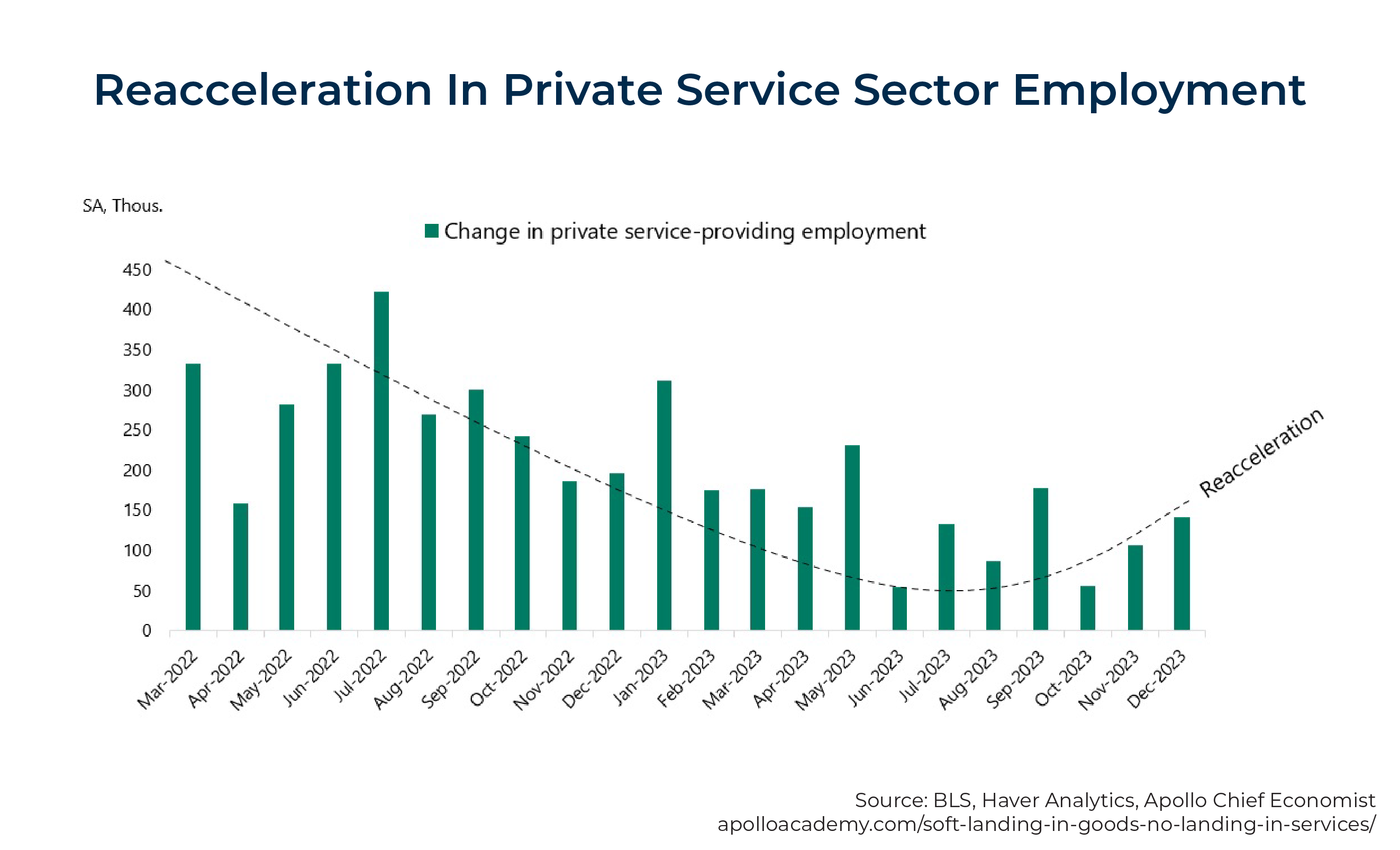
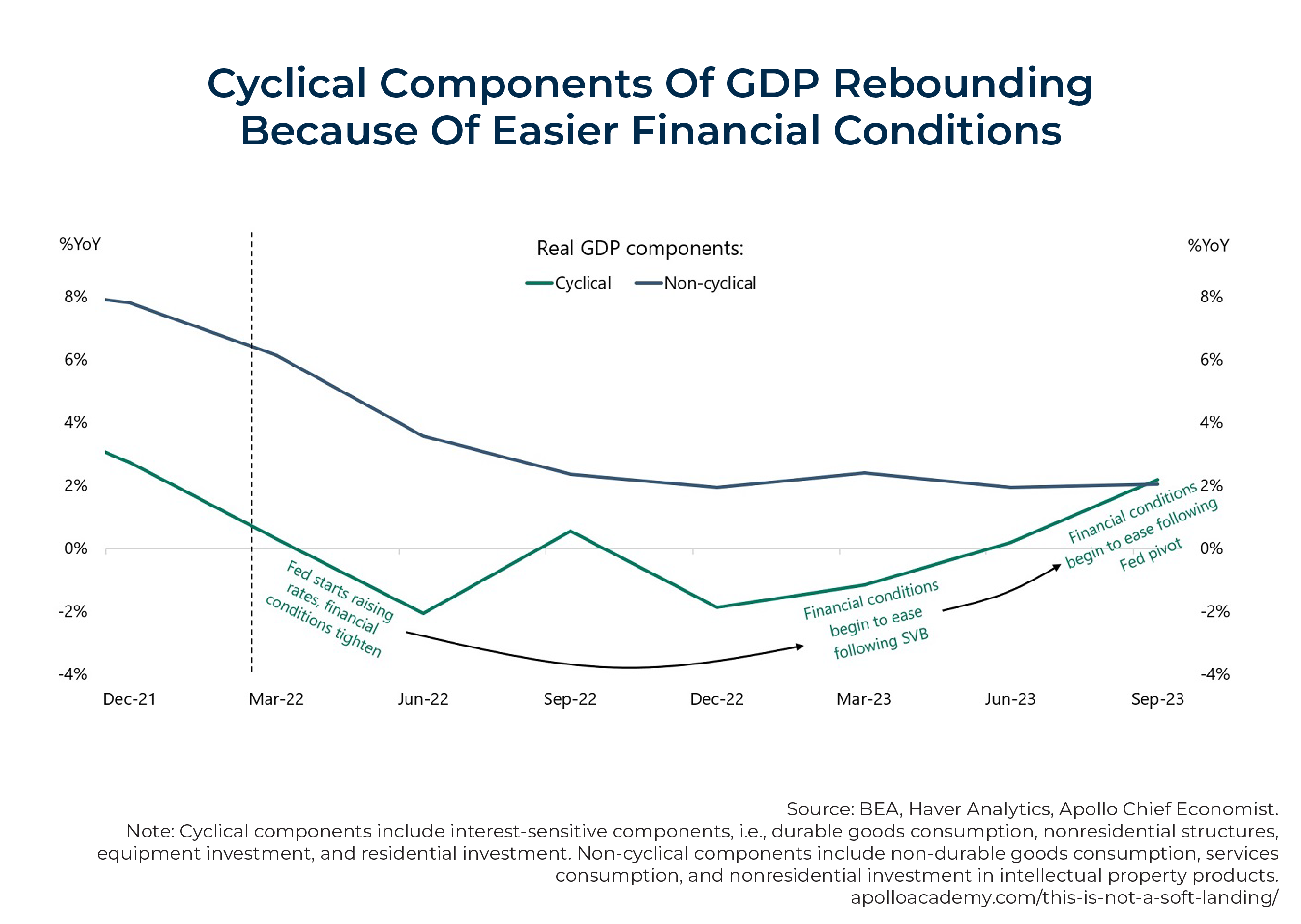
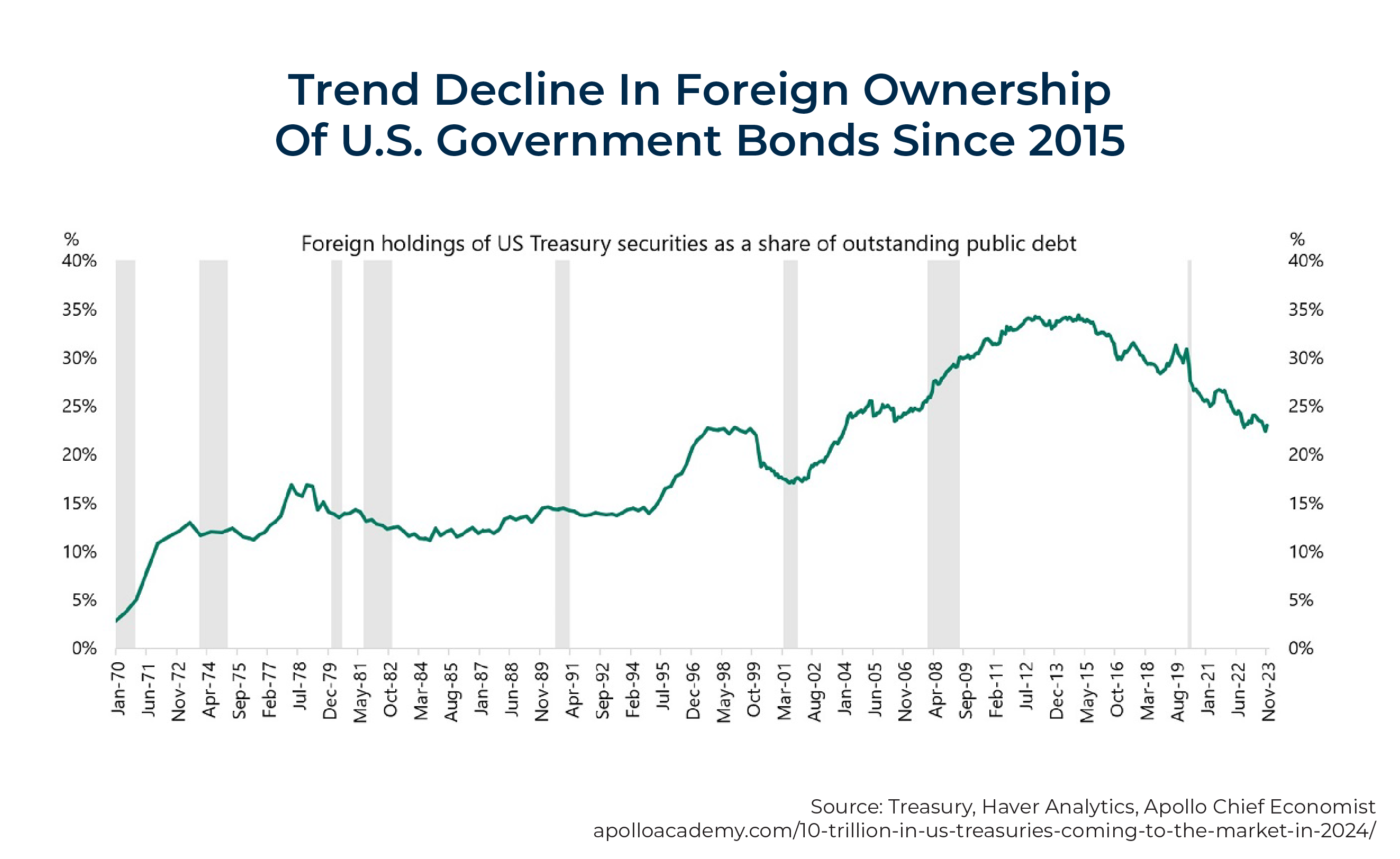
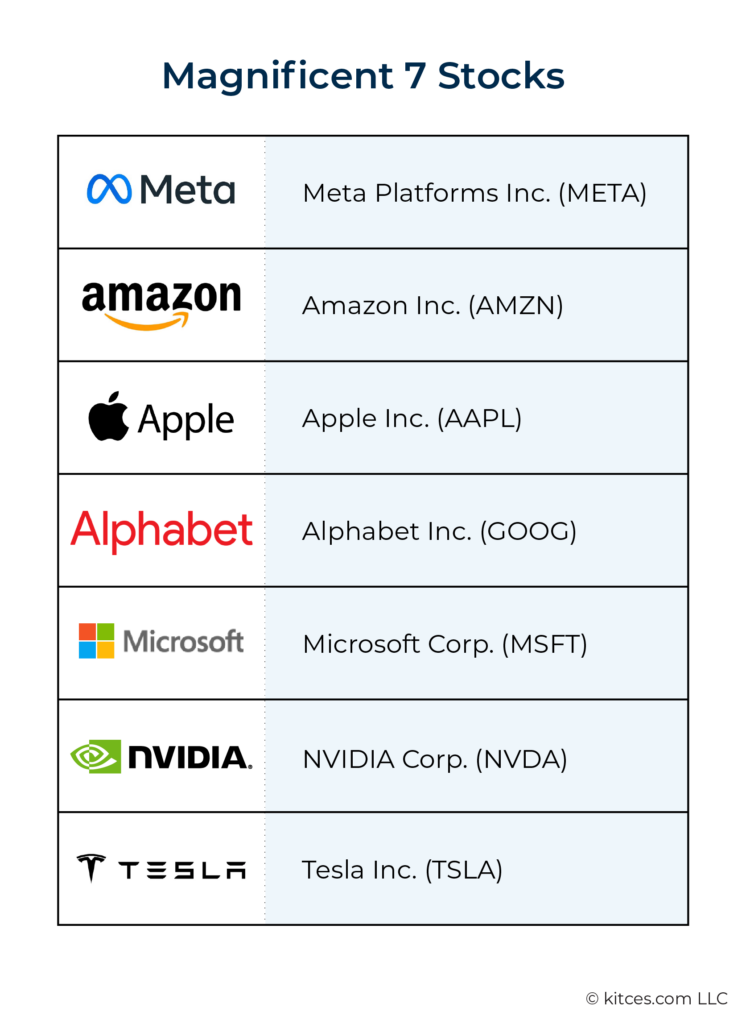
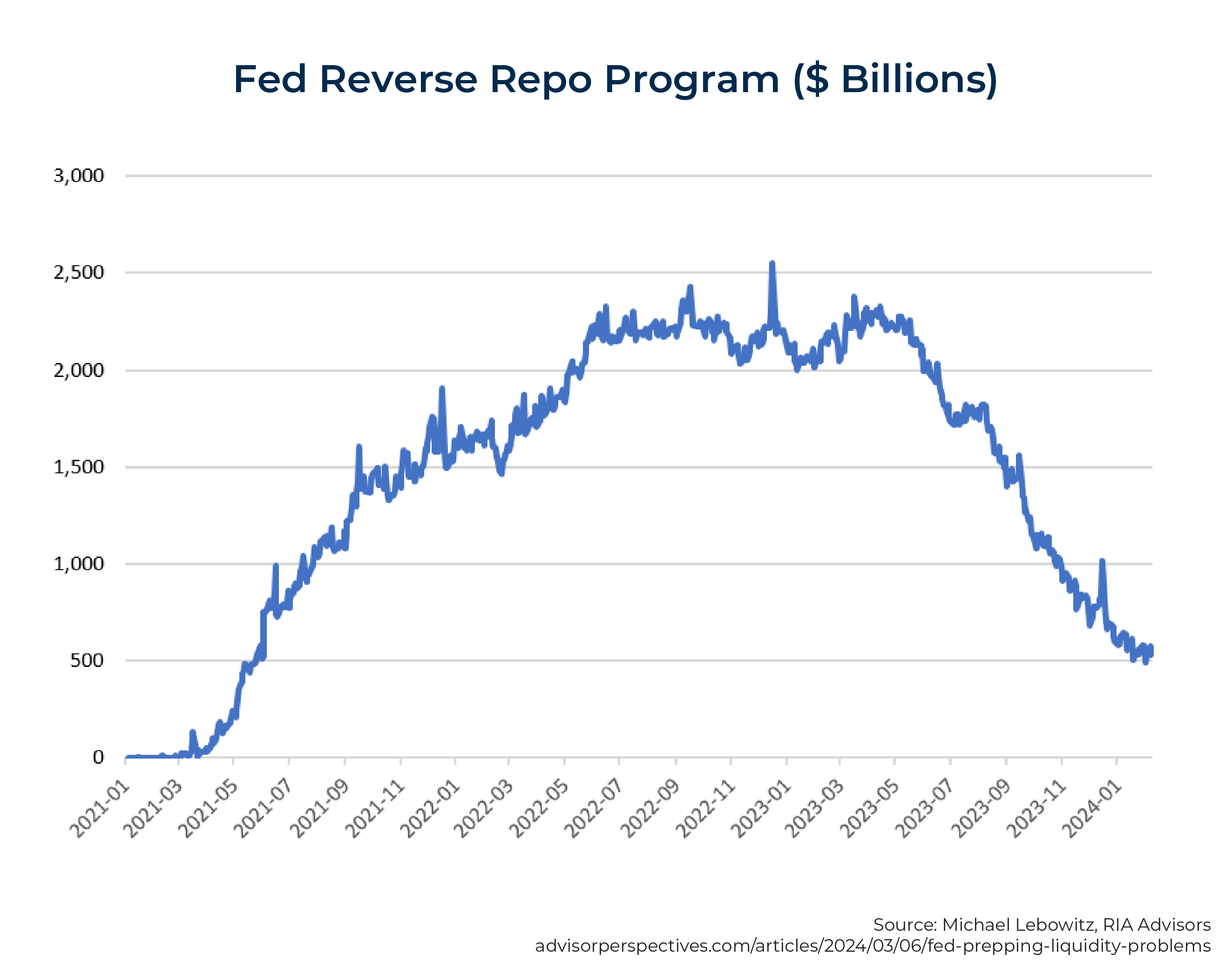
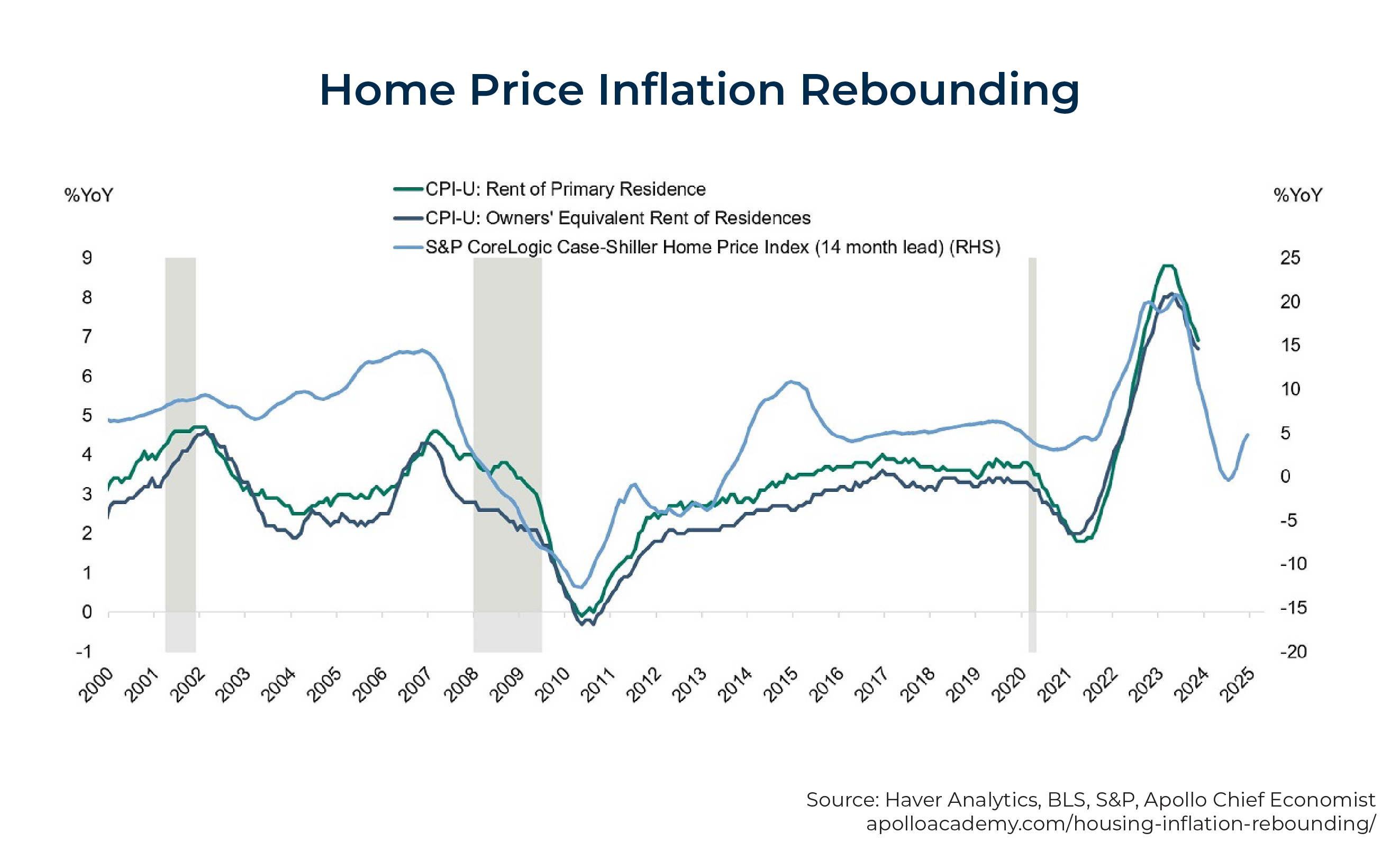
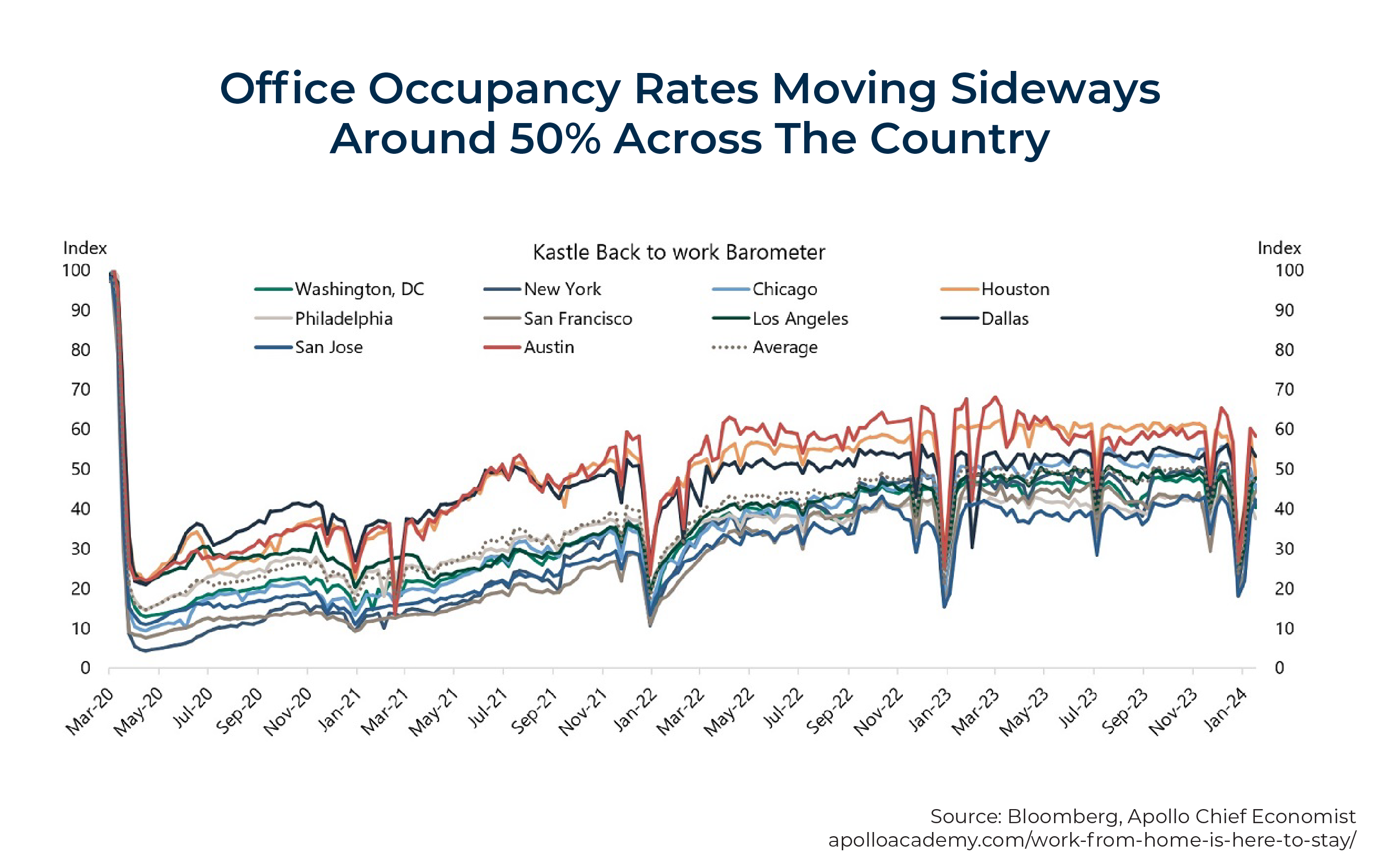
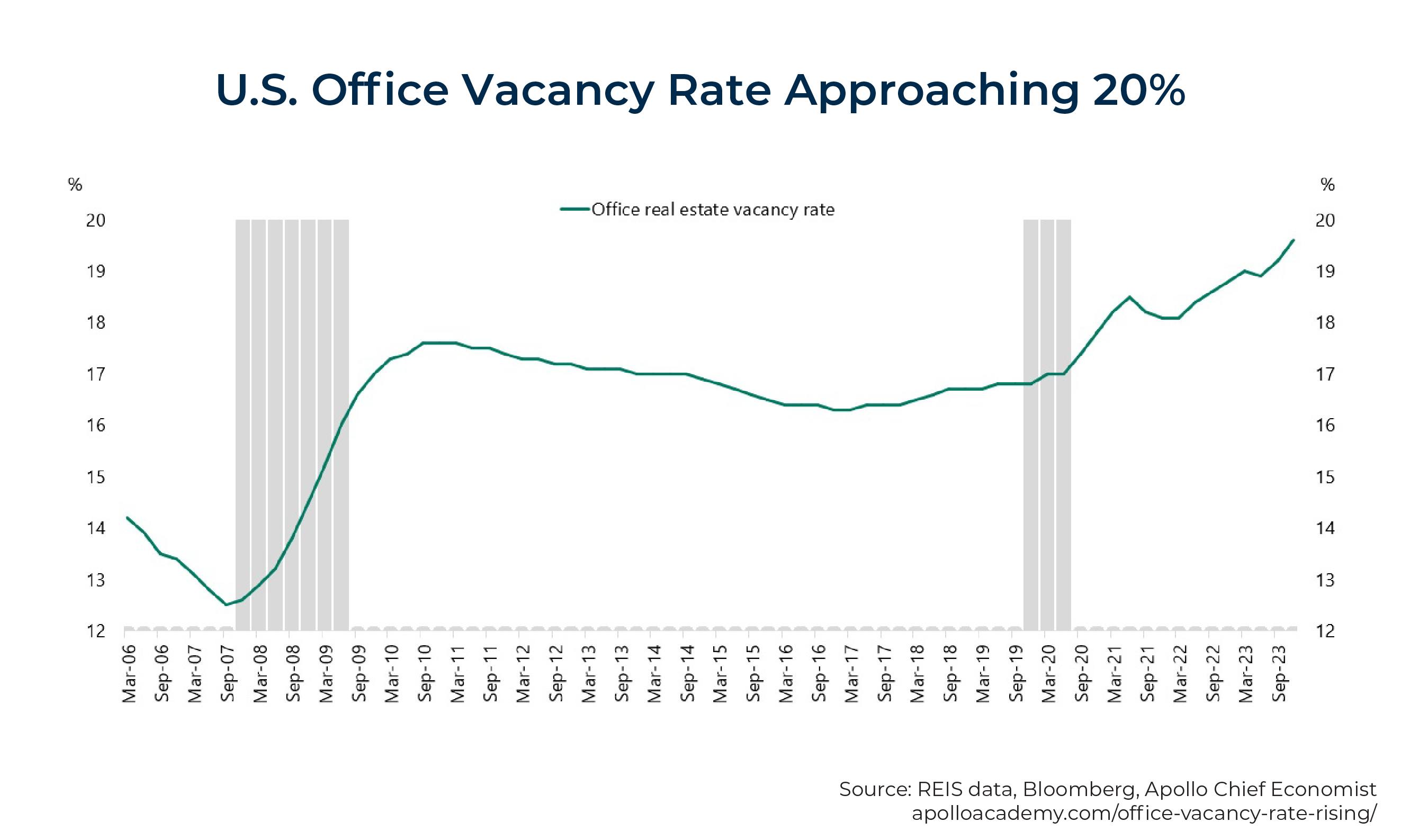
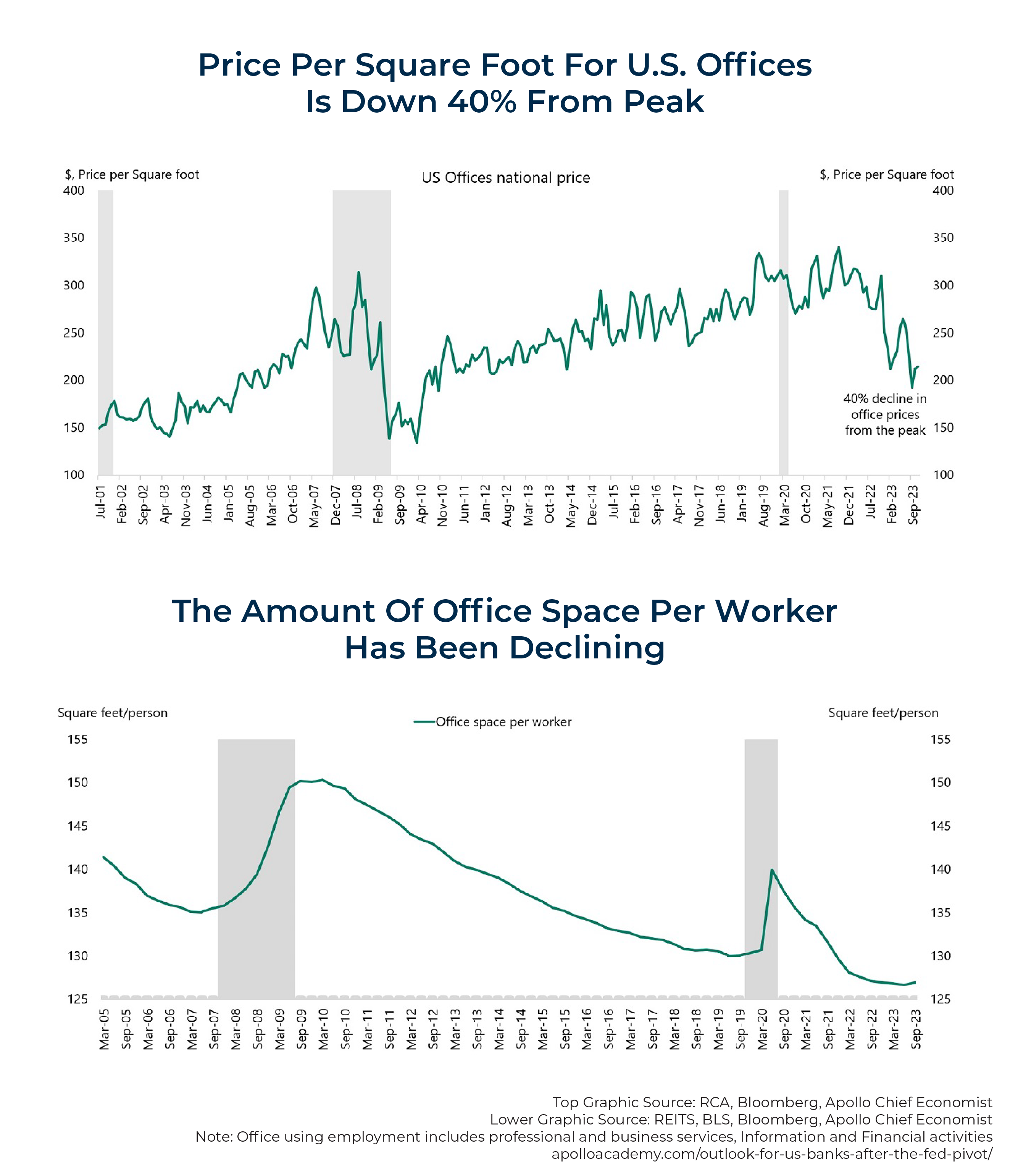
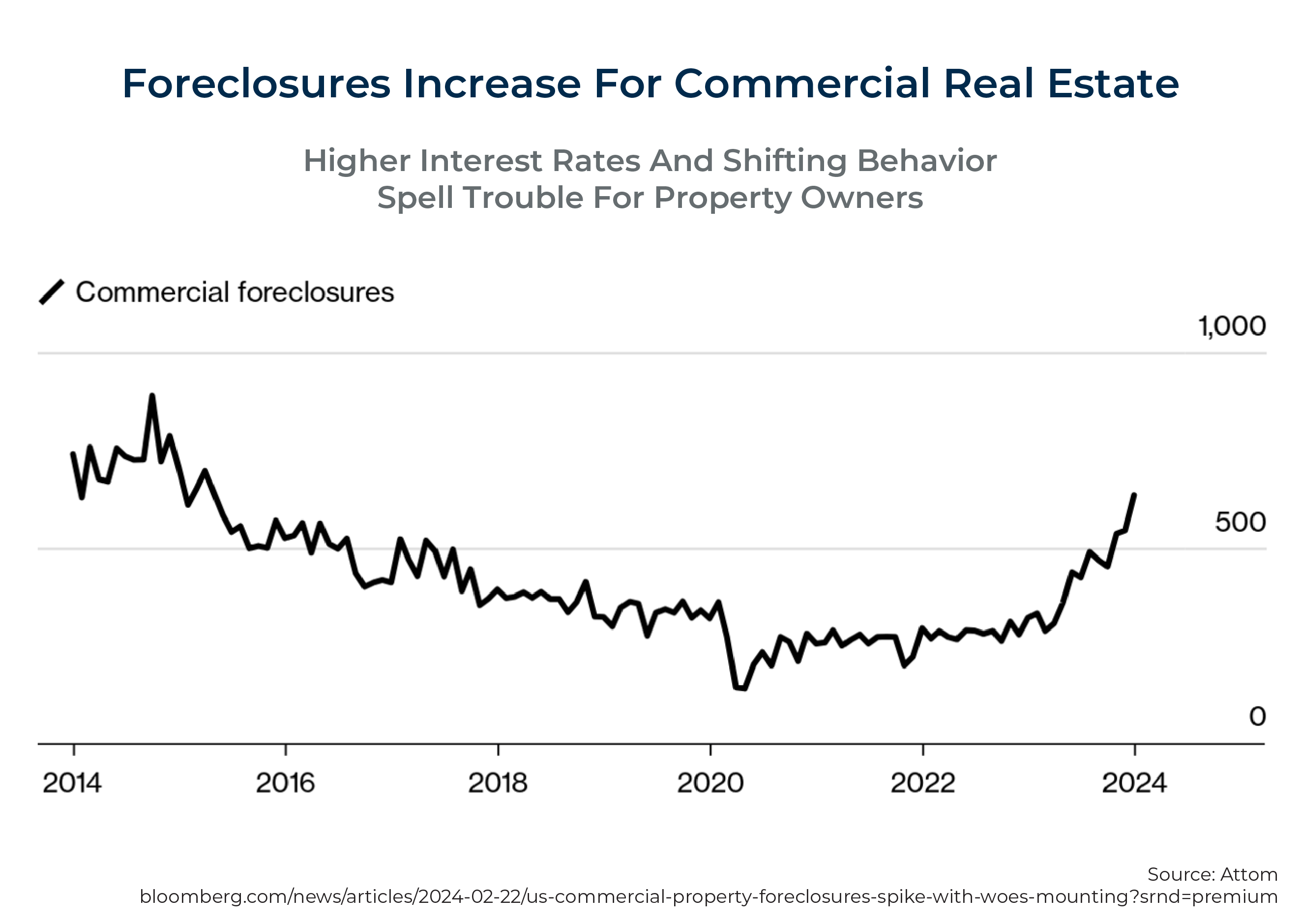
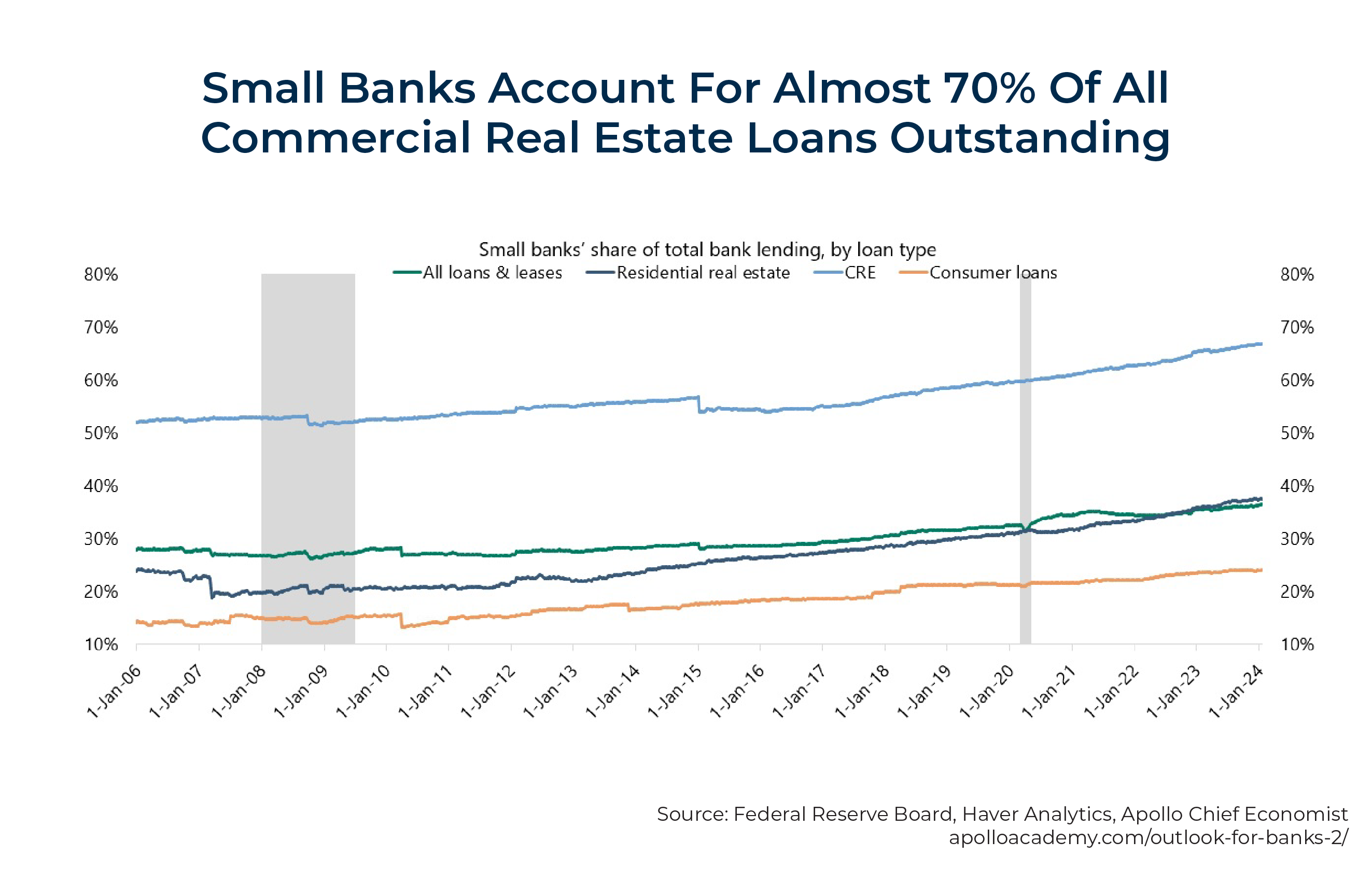
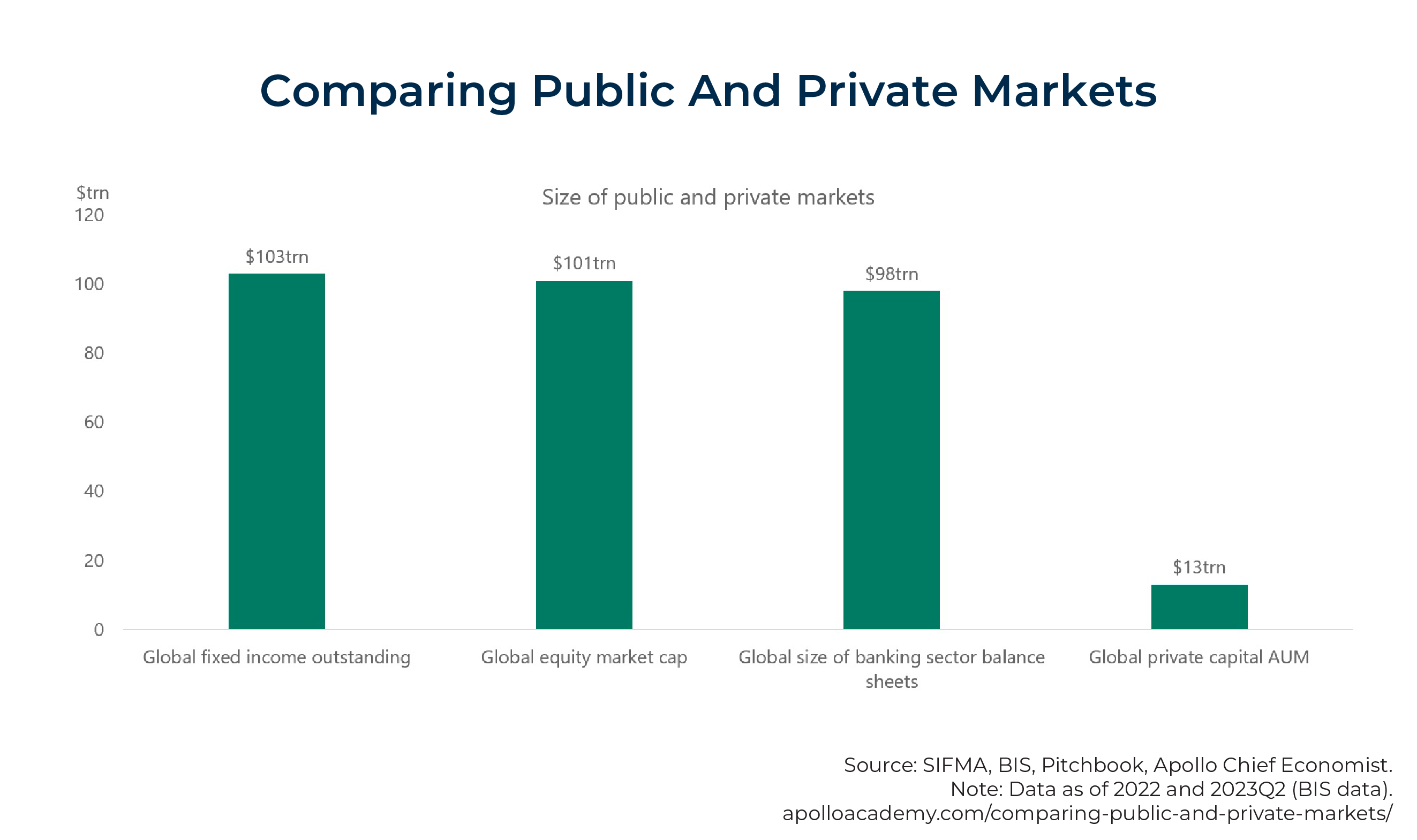
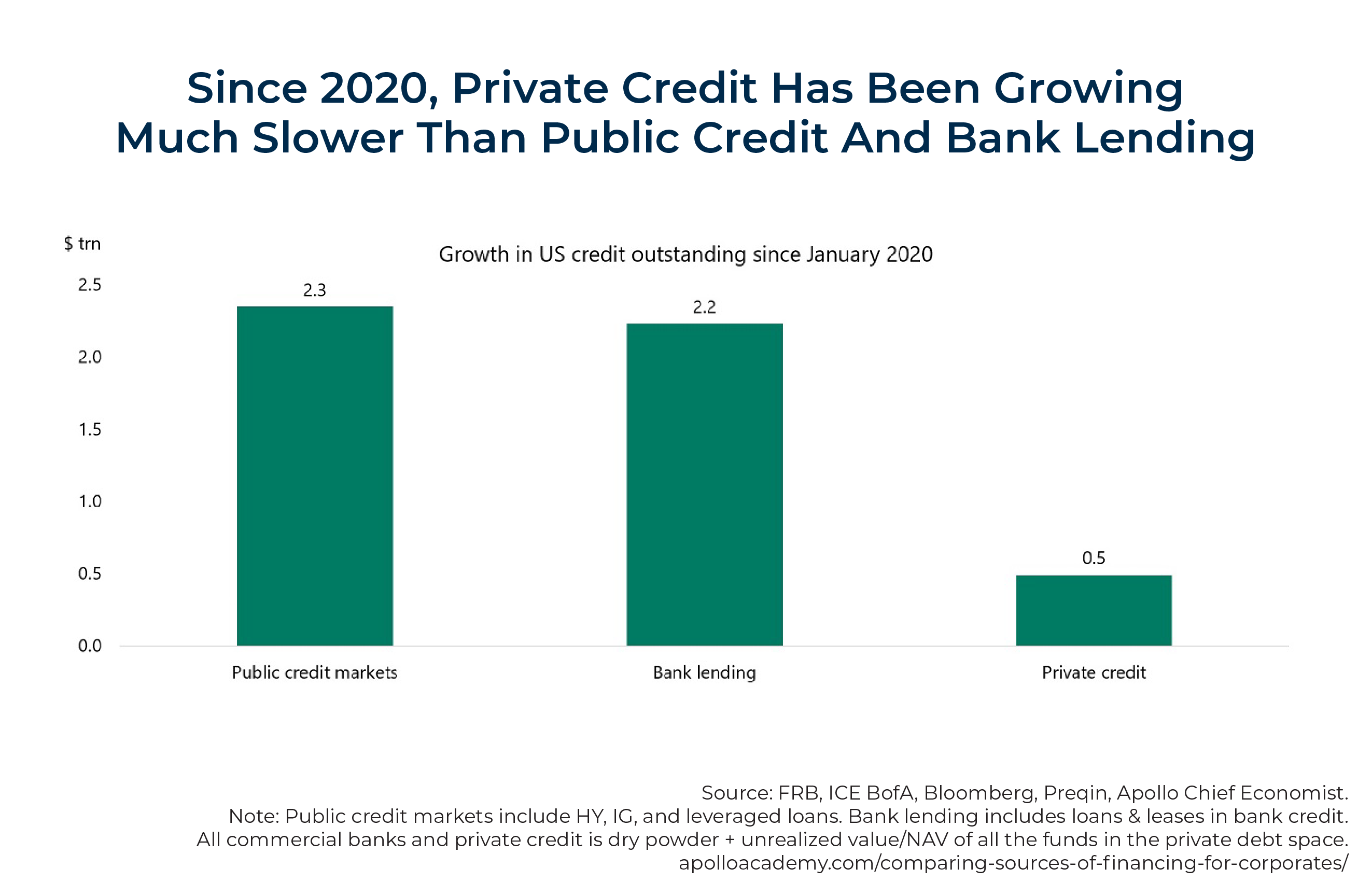
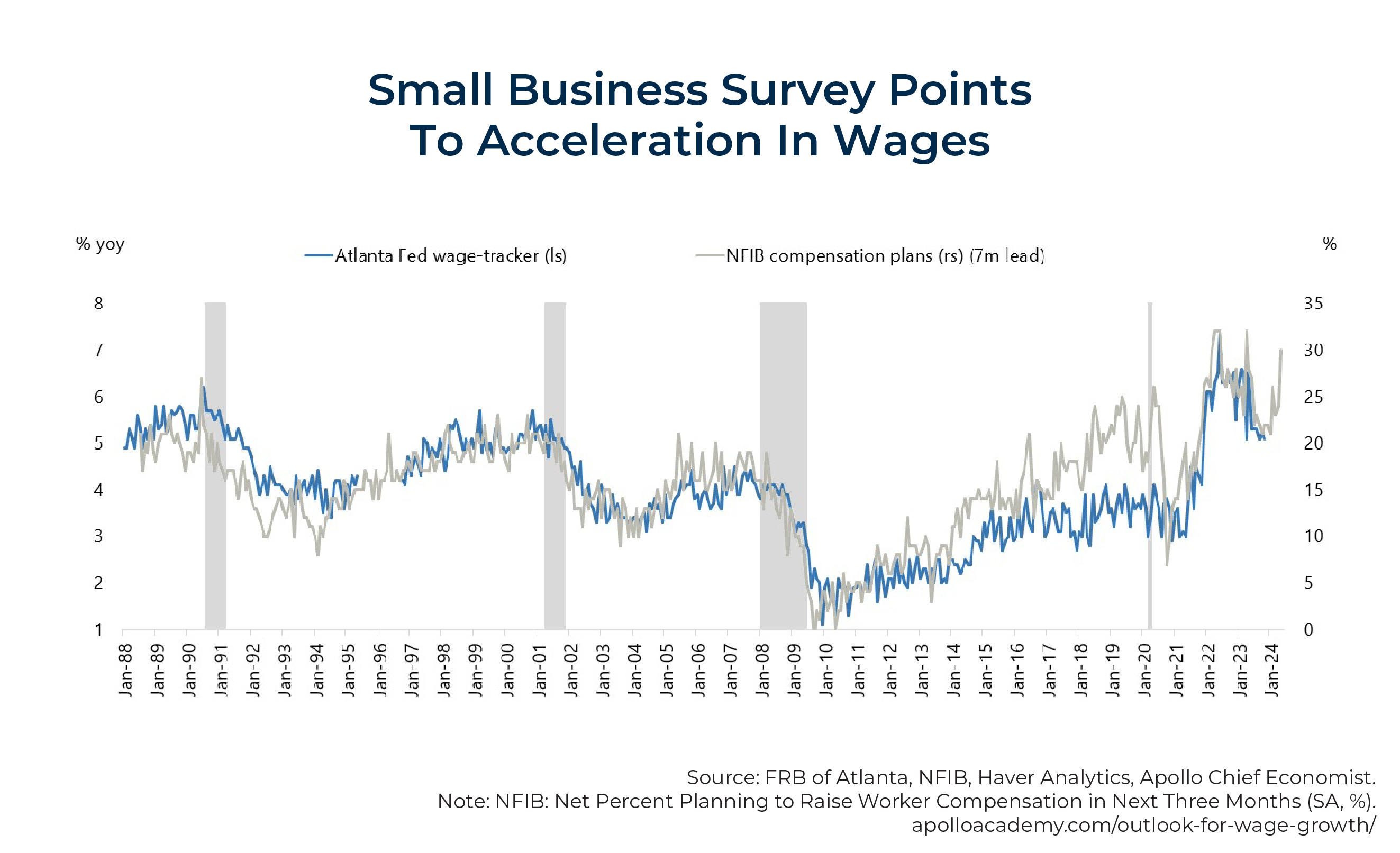
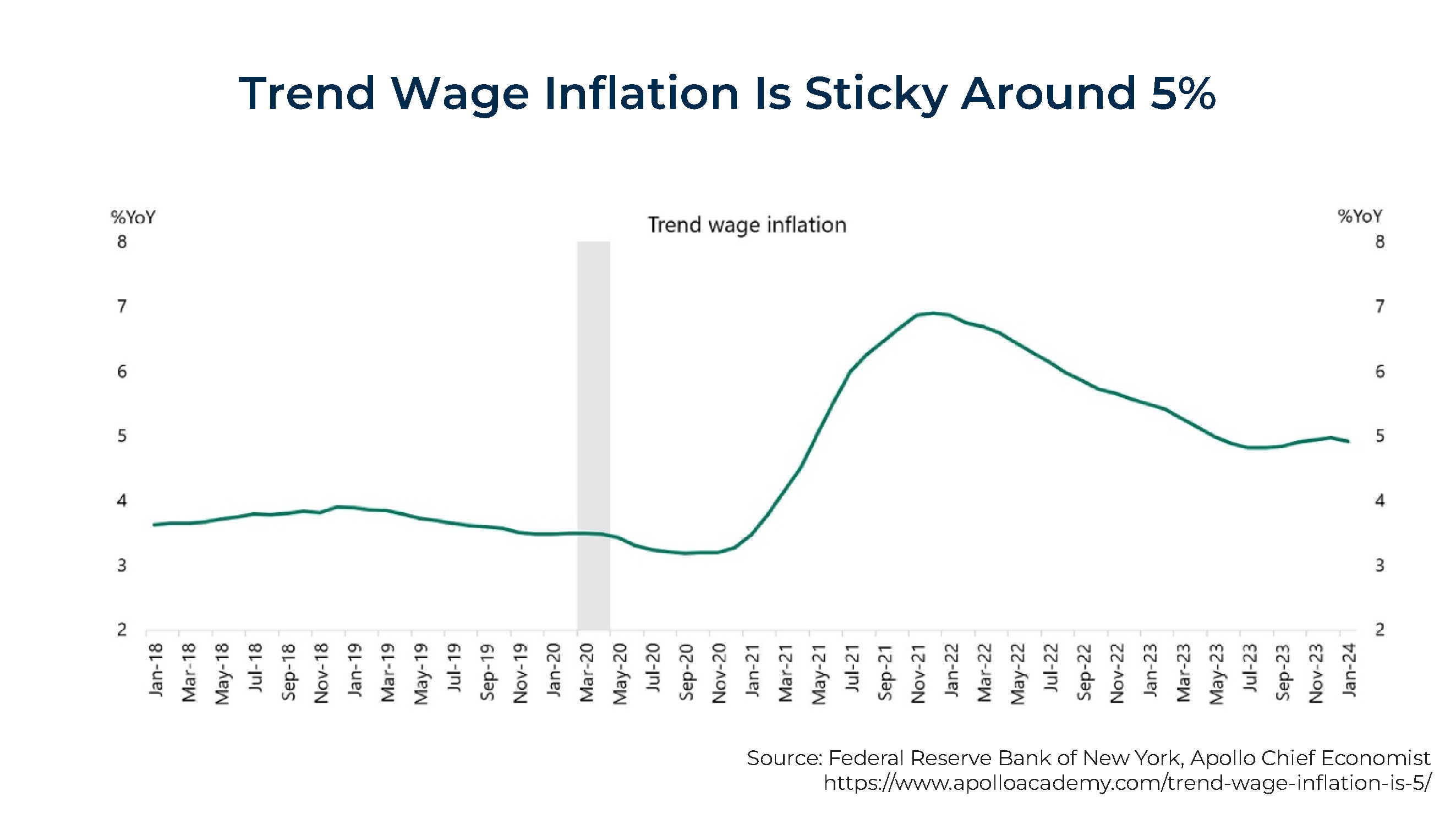
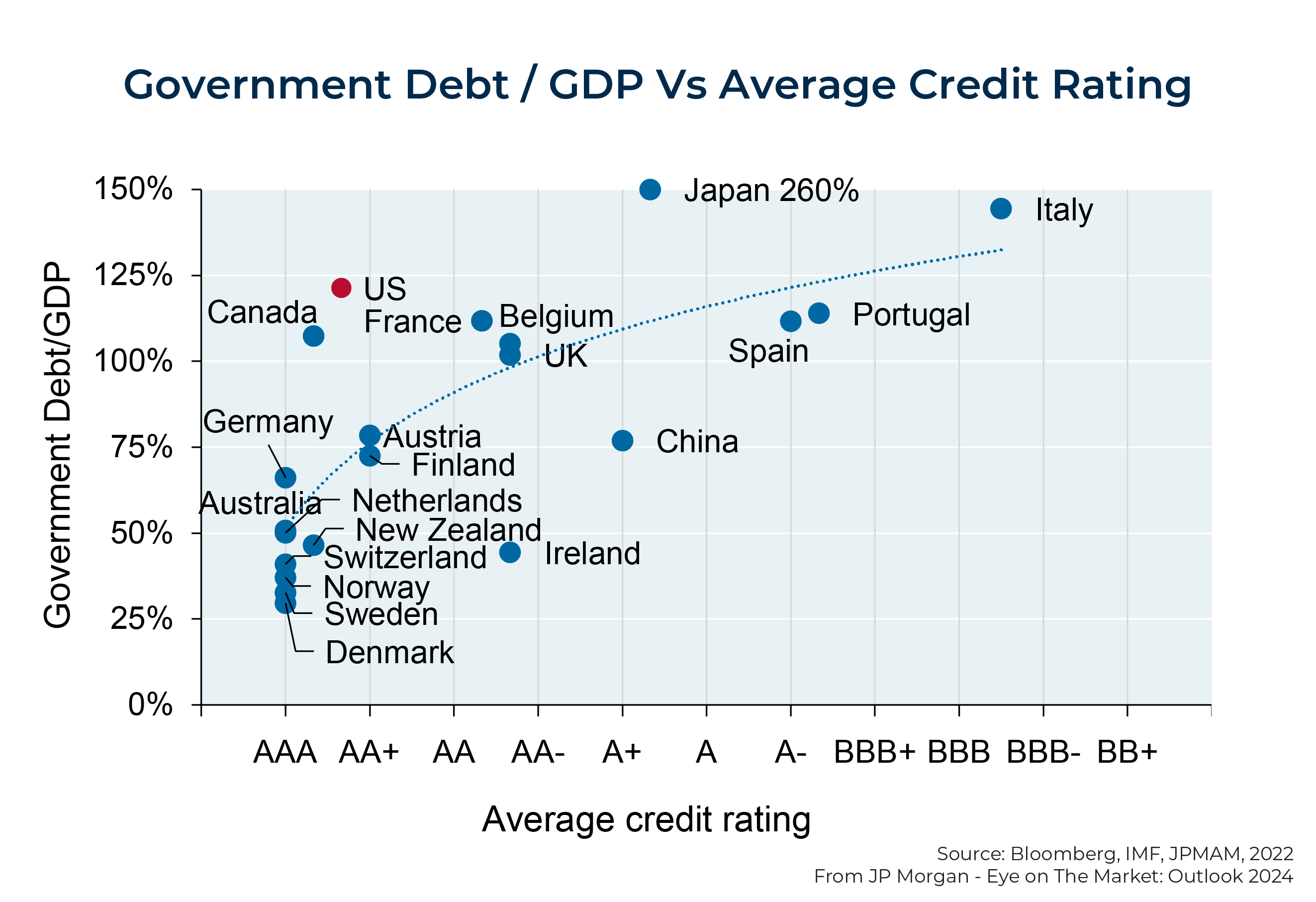
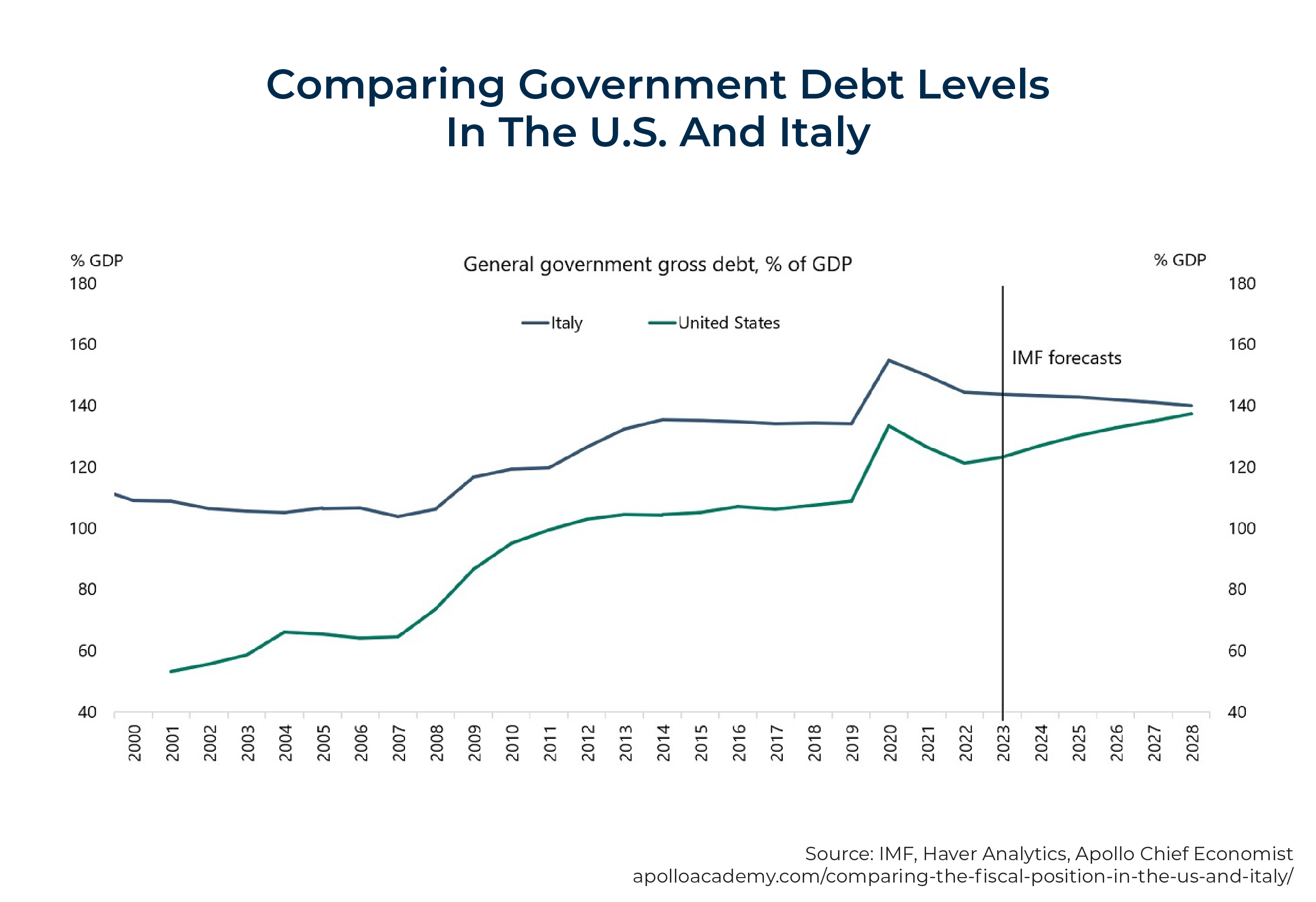
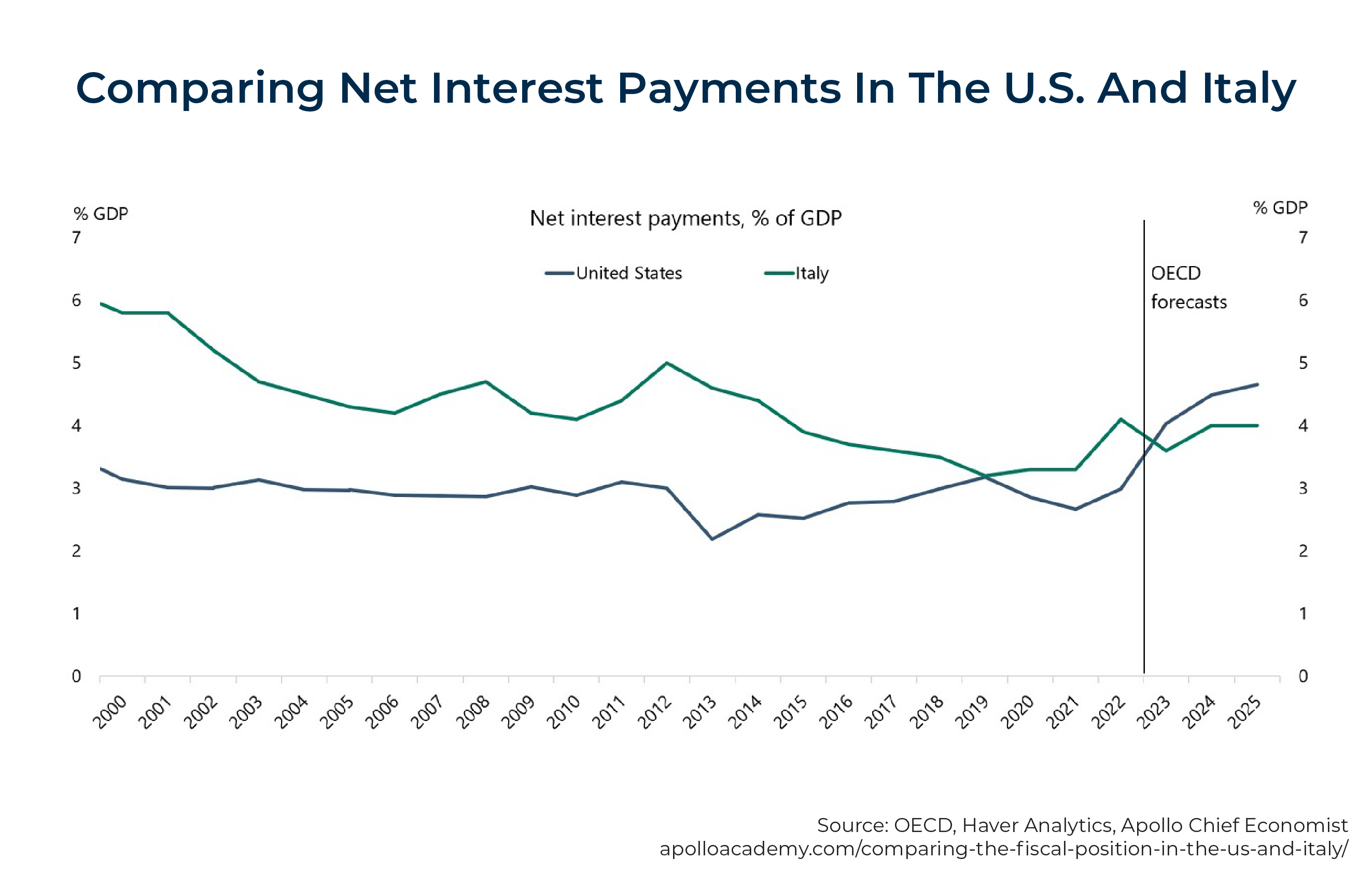
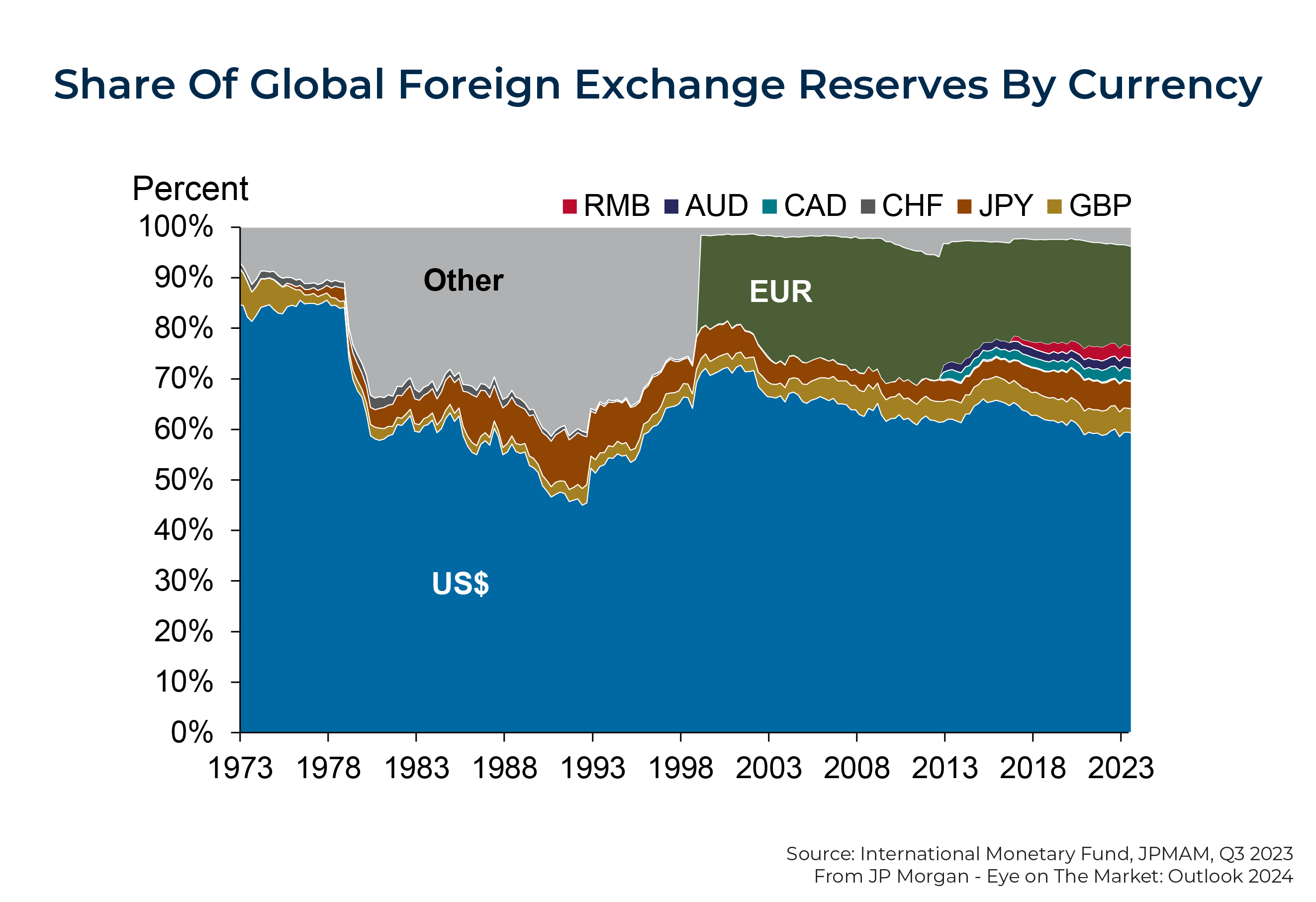
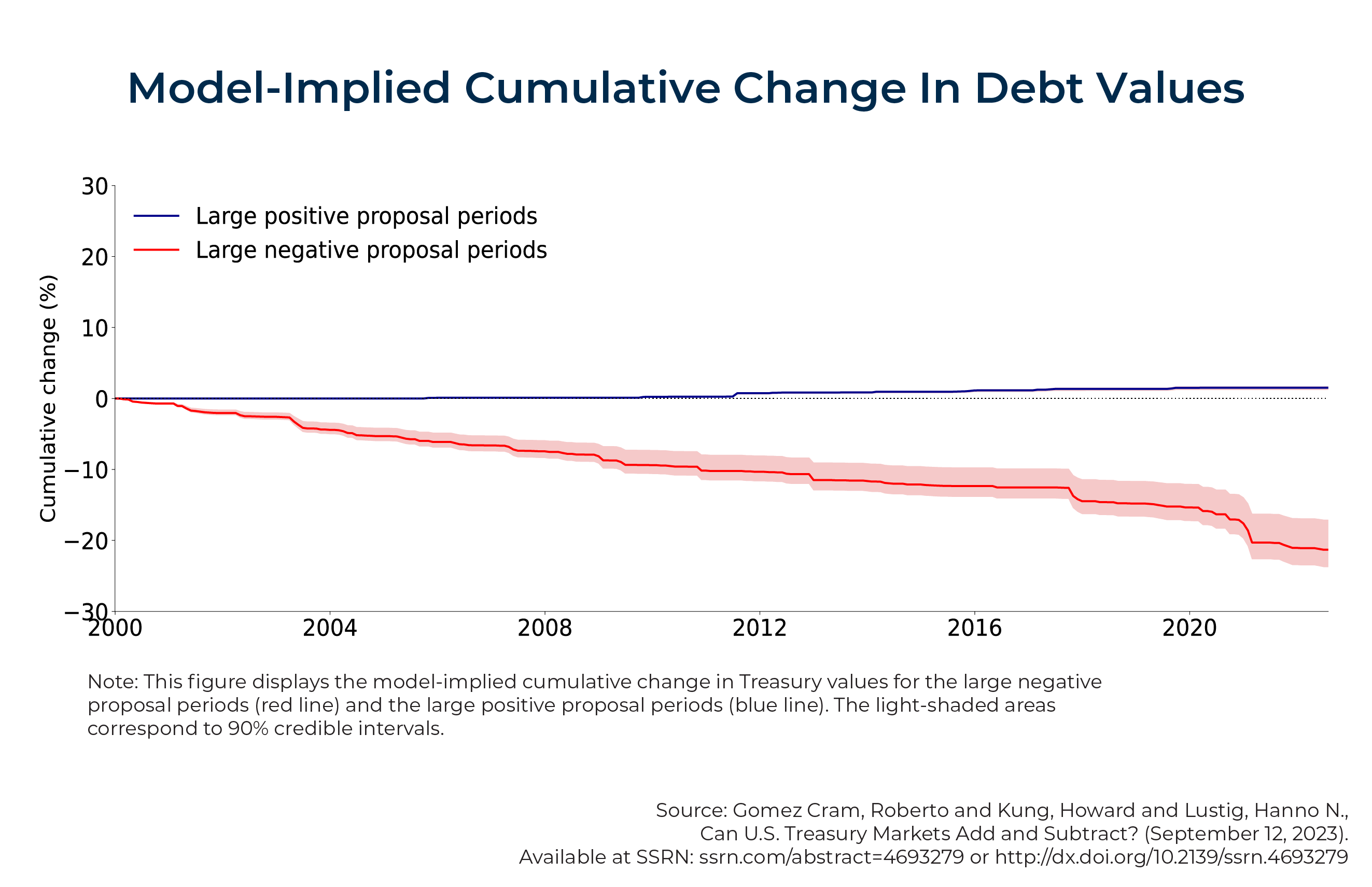
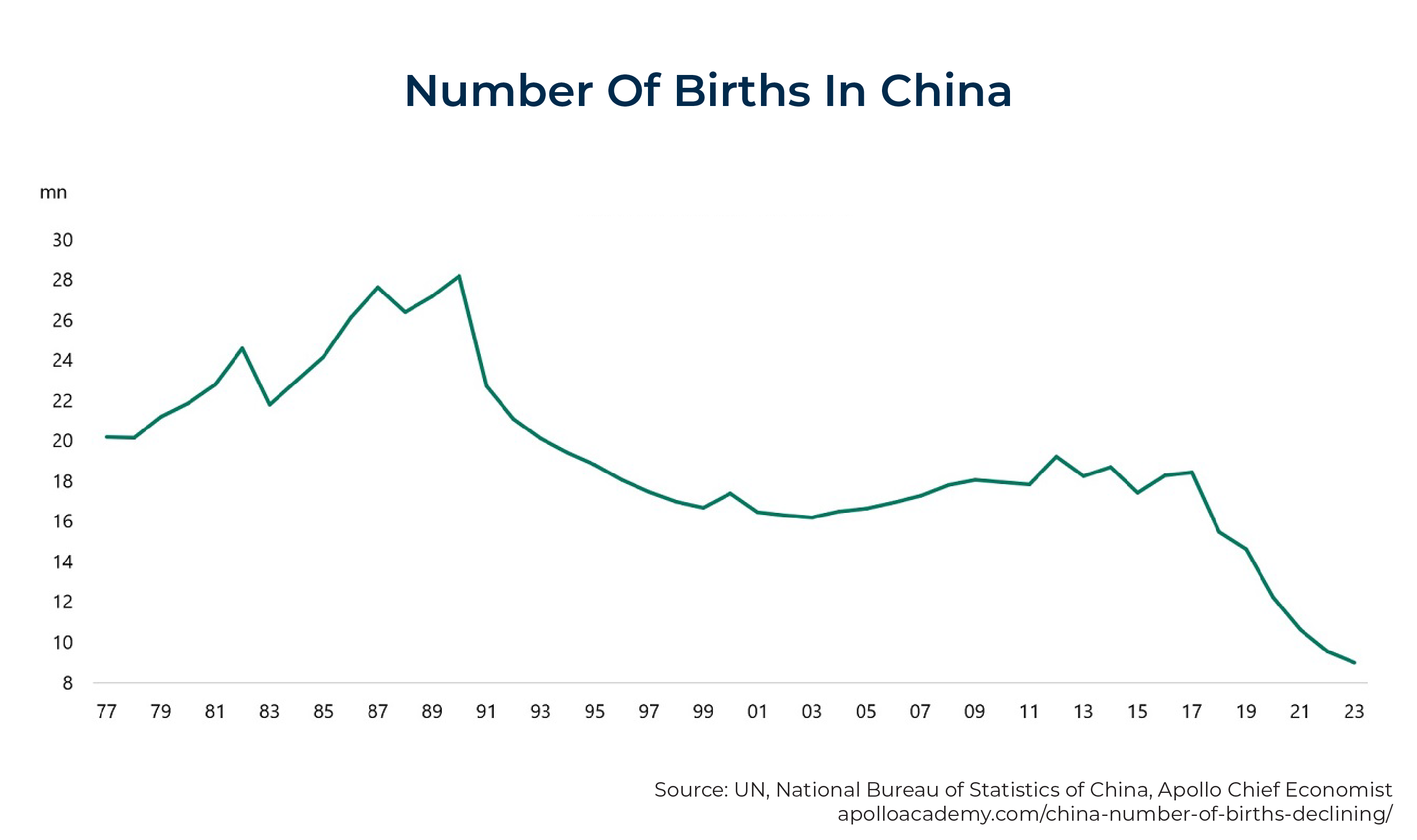
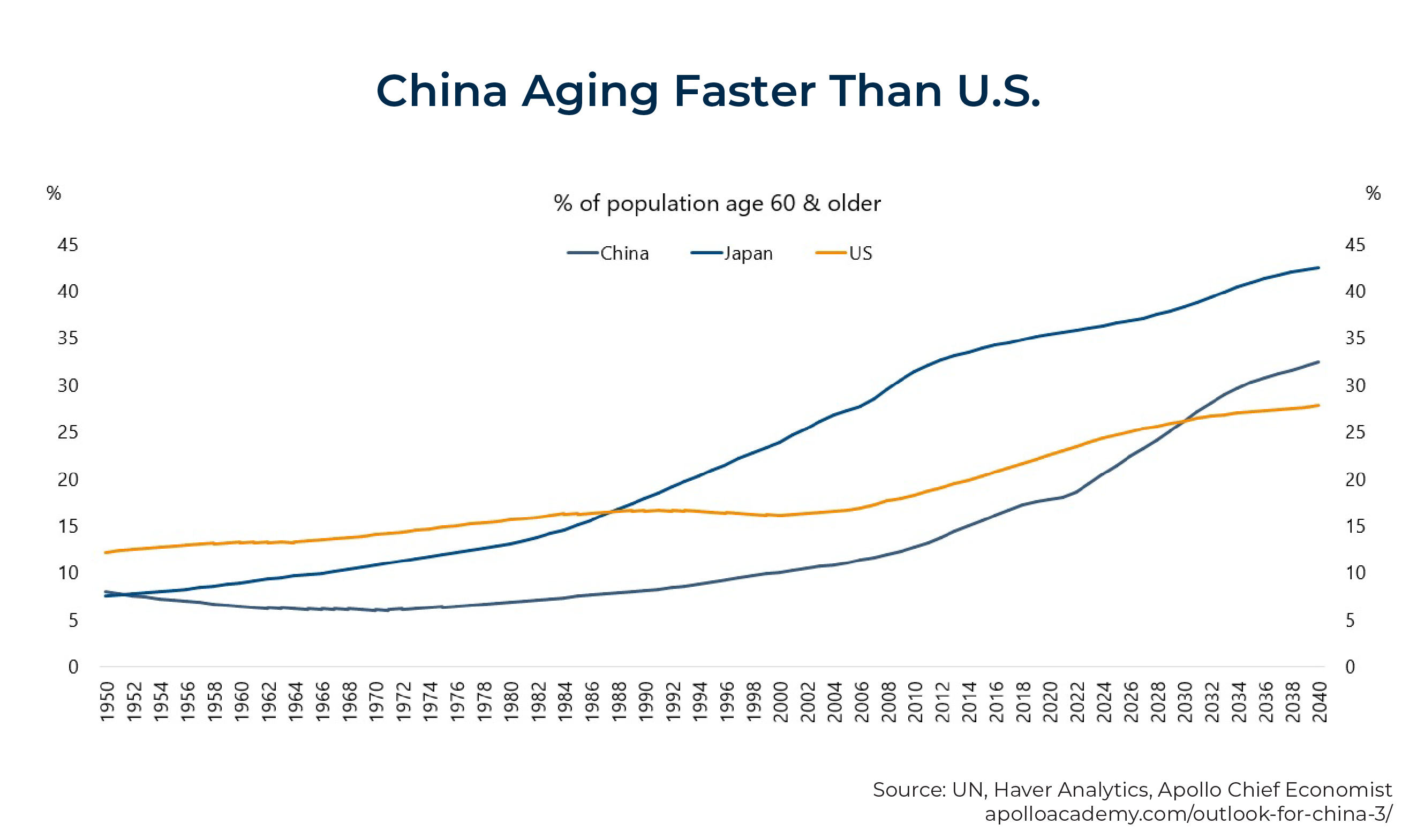
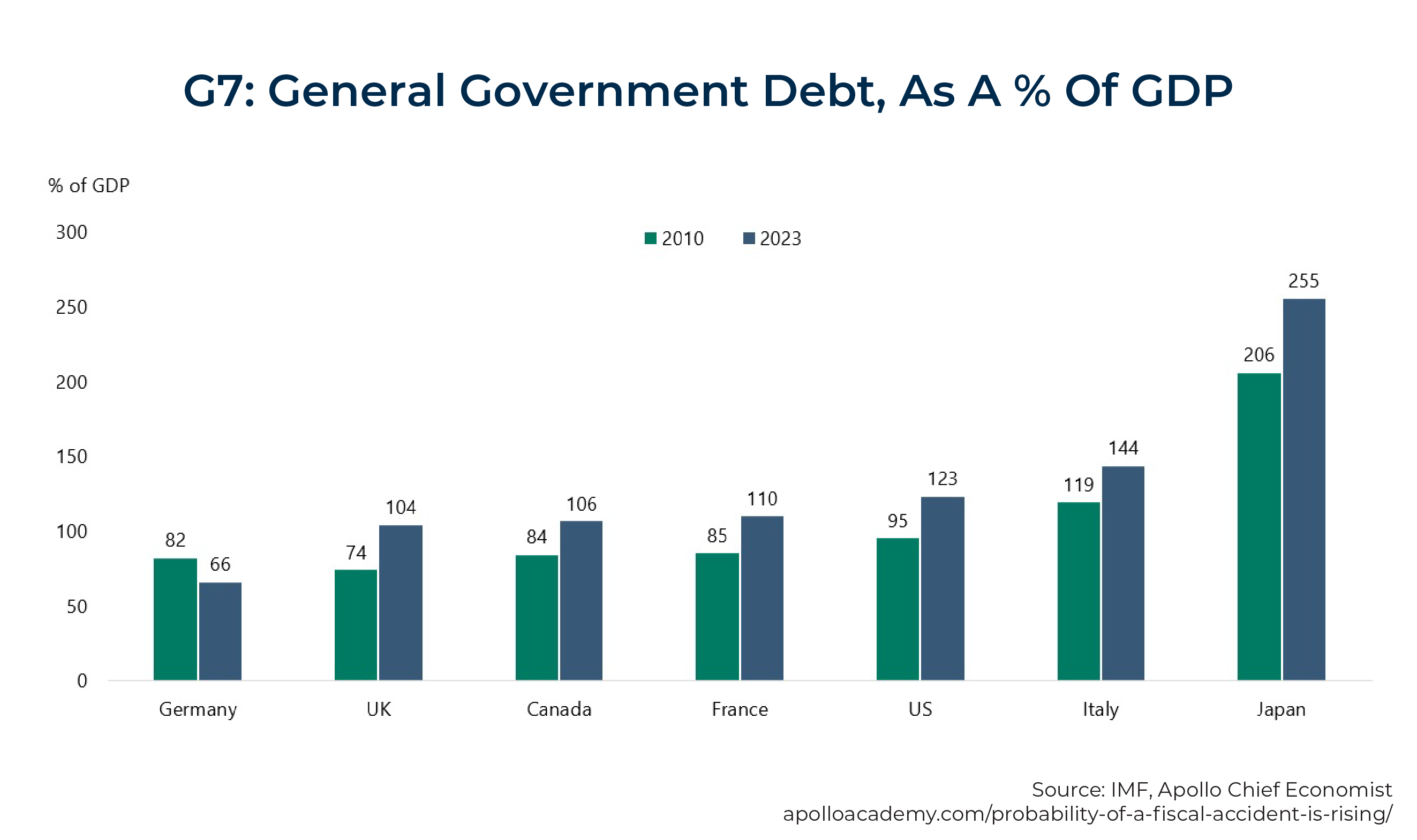
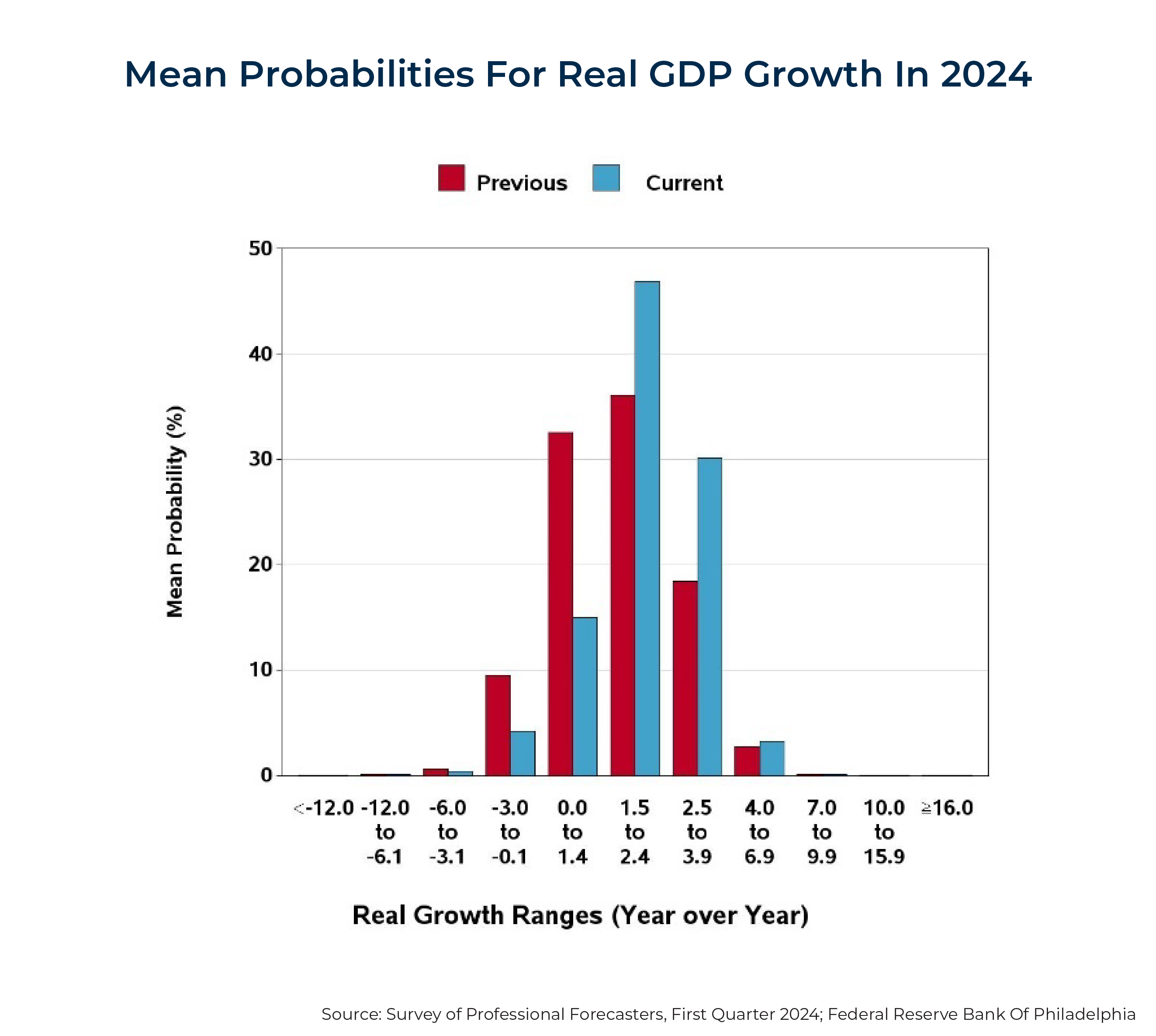
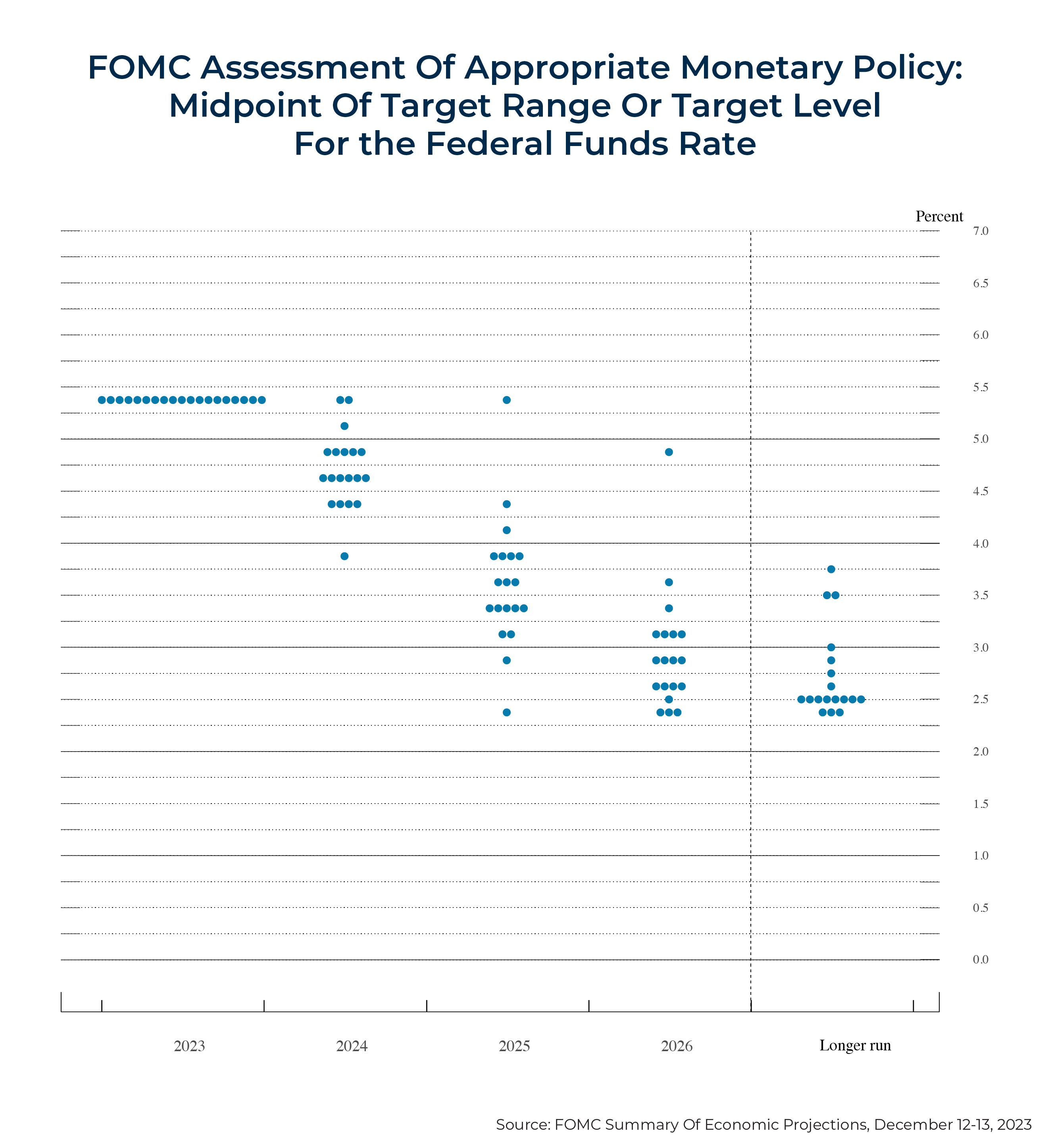
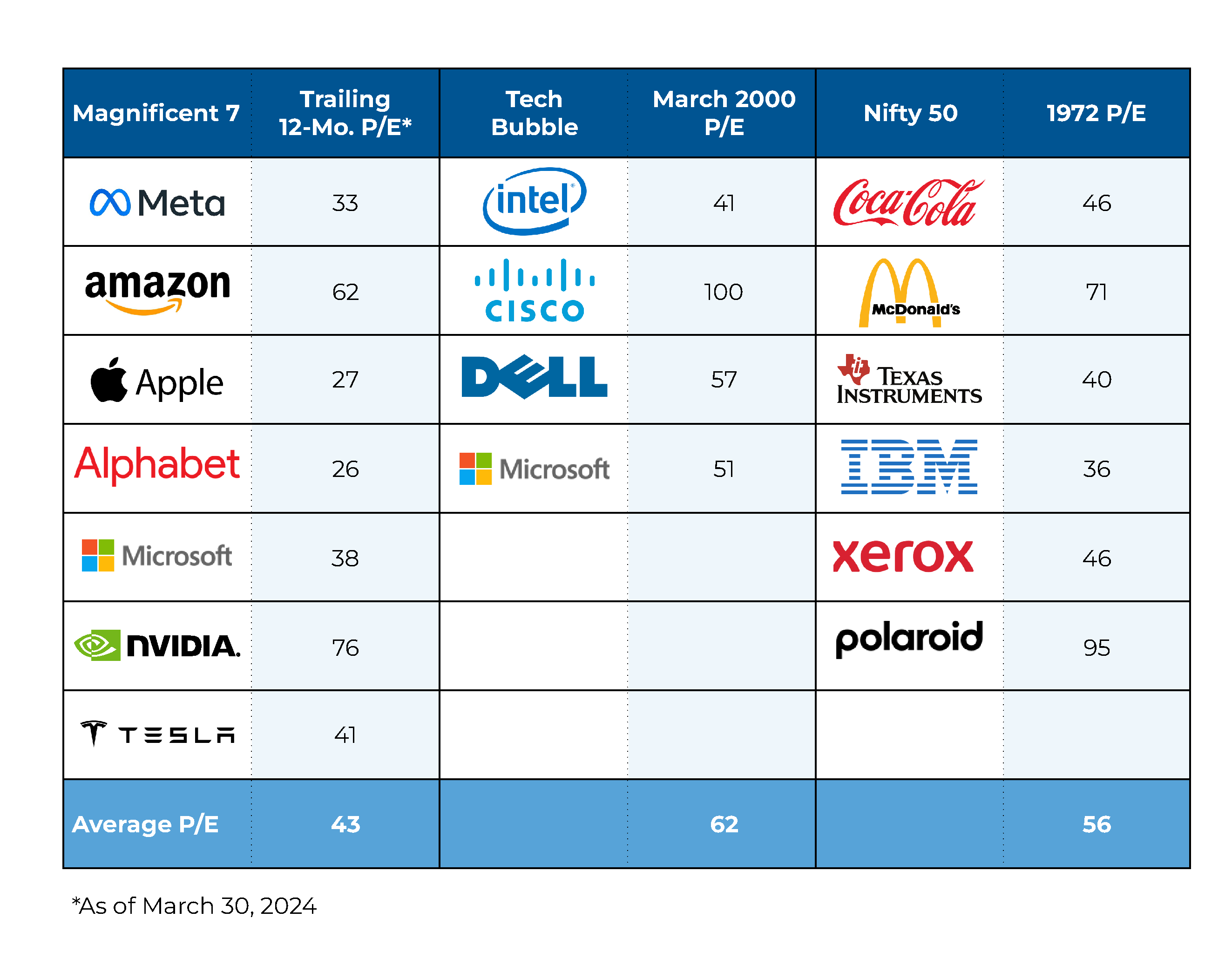
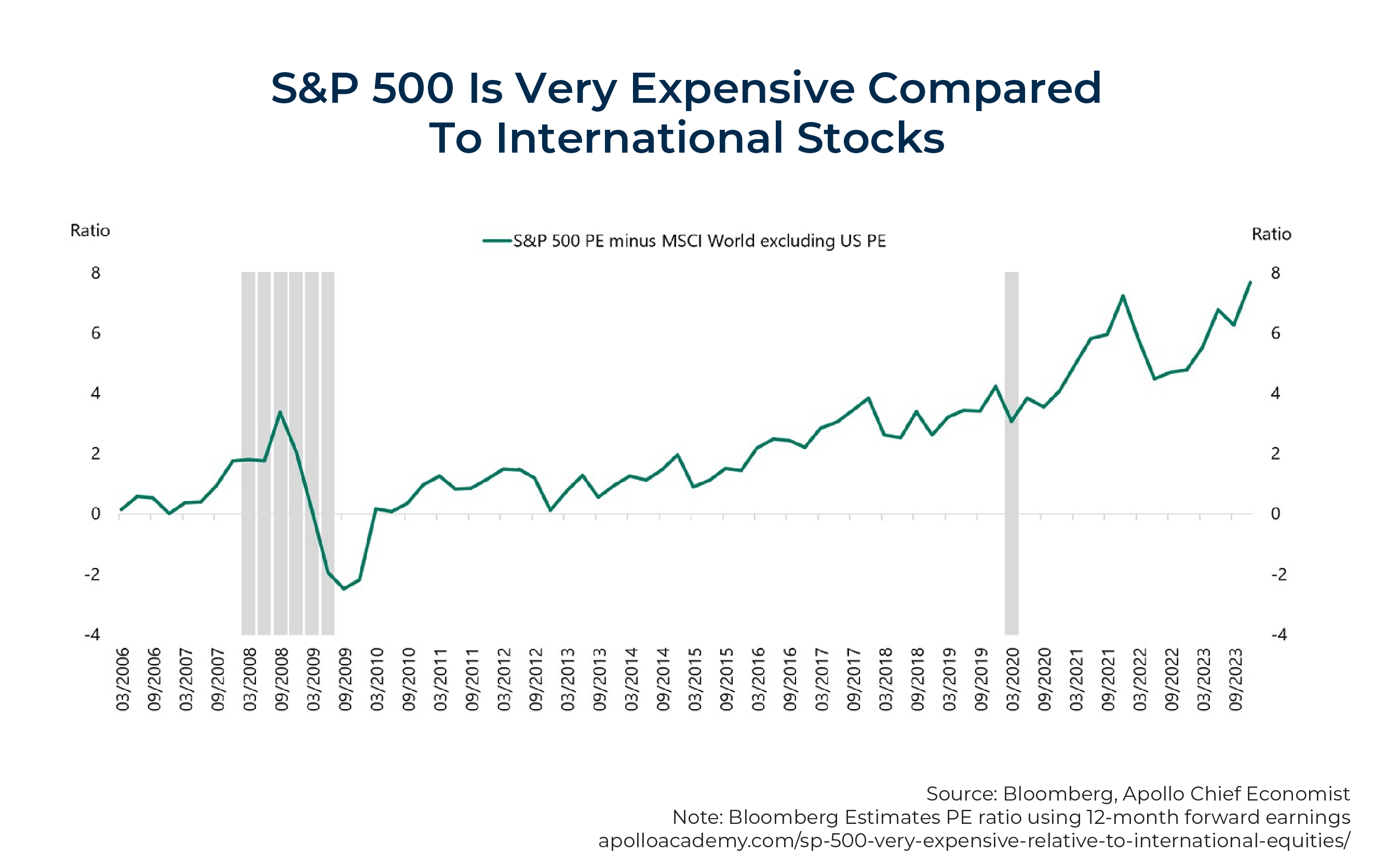
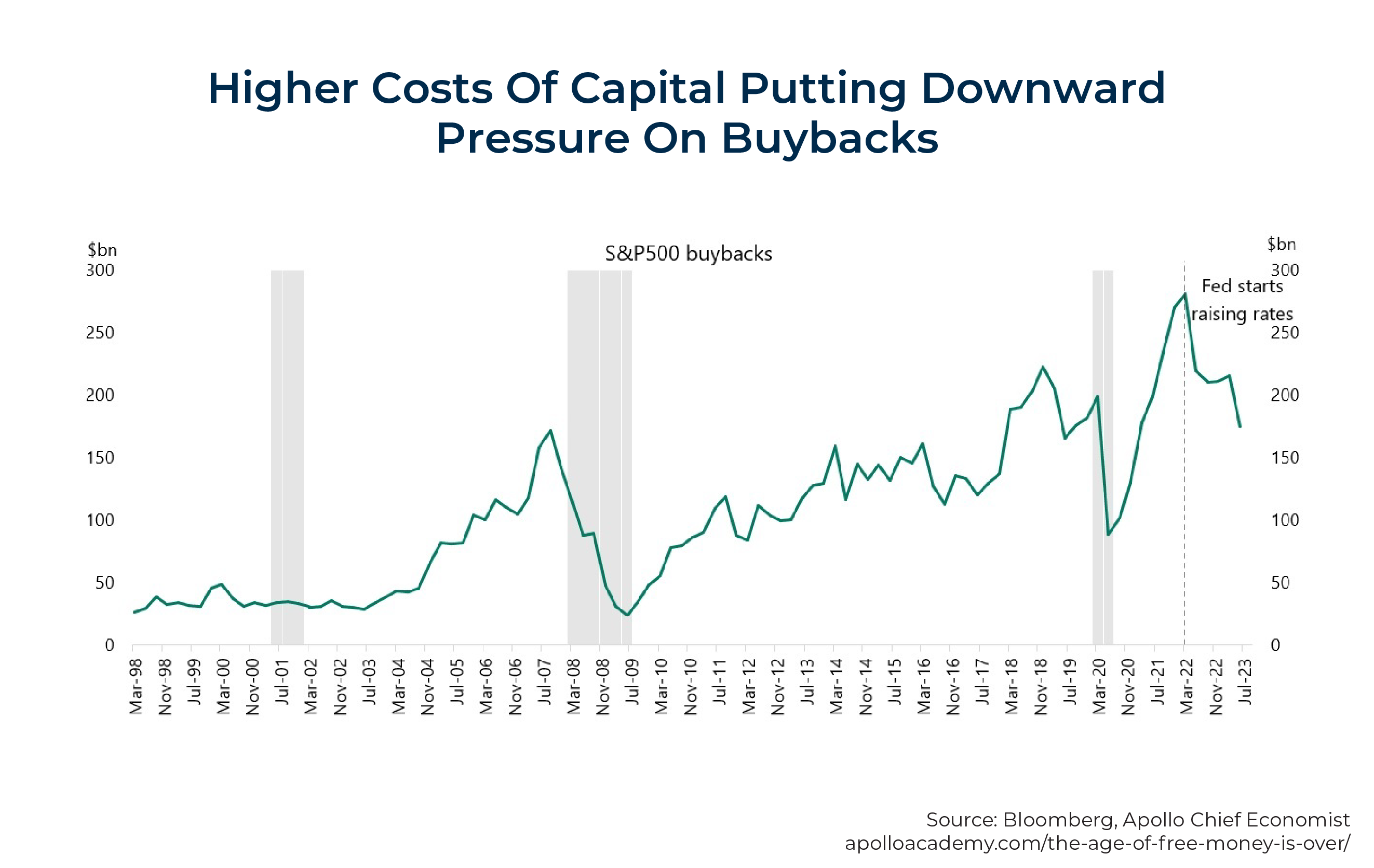
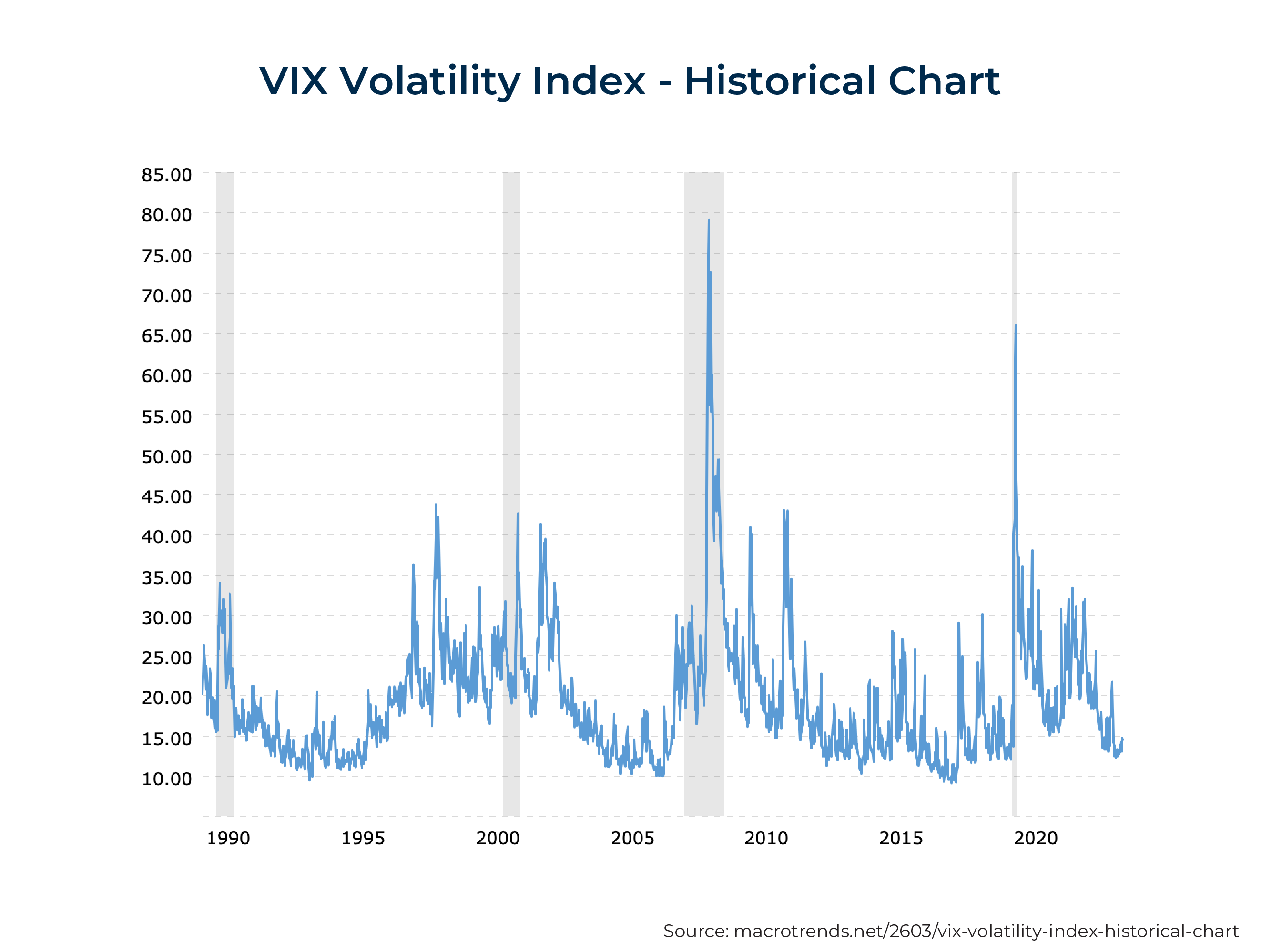



Leave a Reply